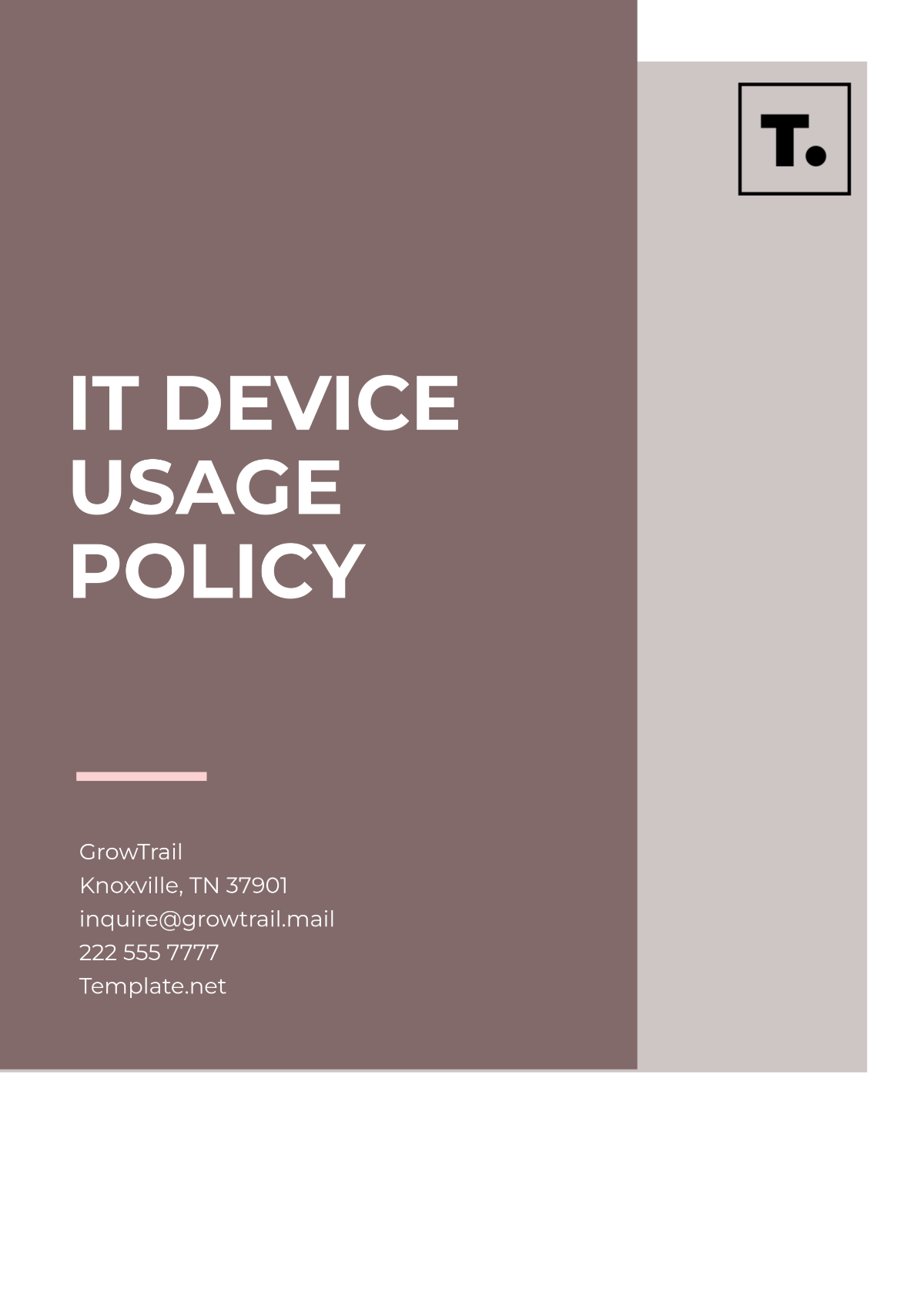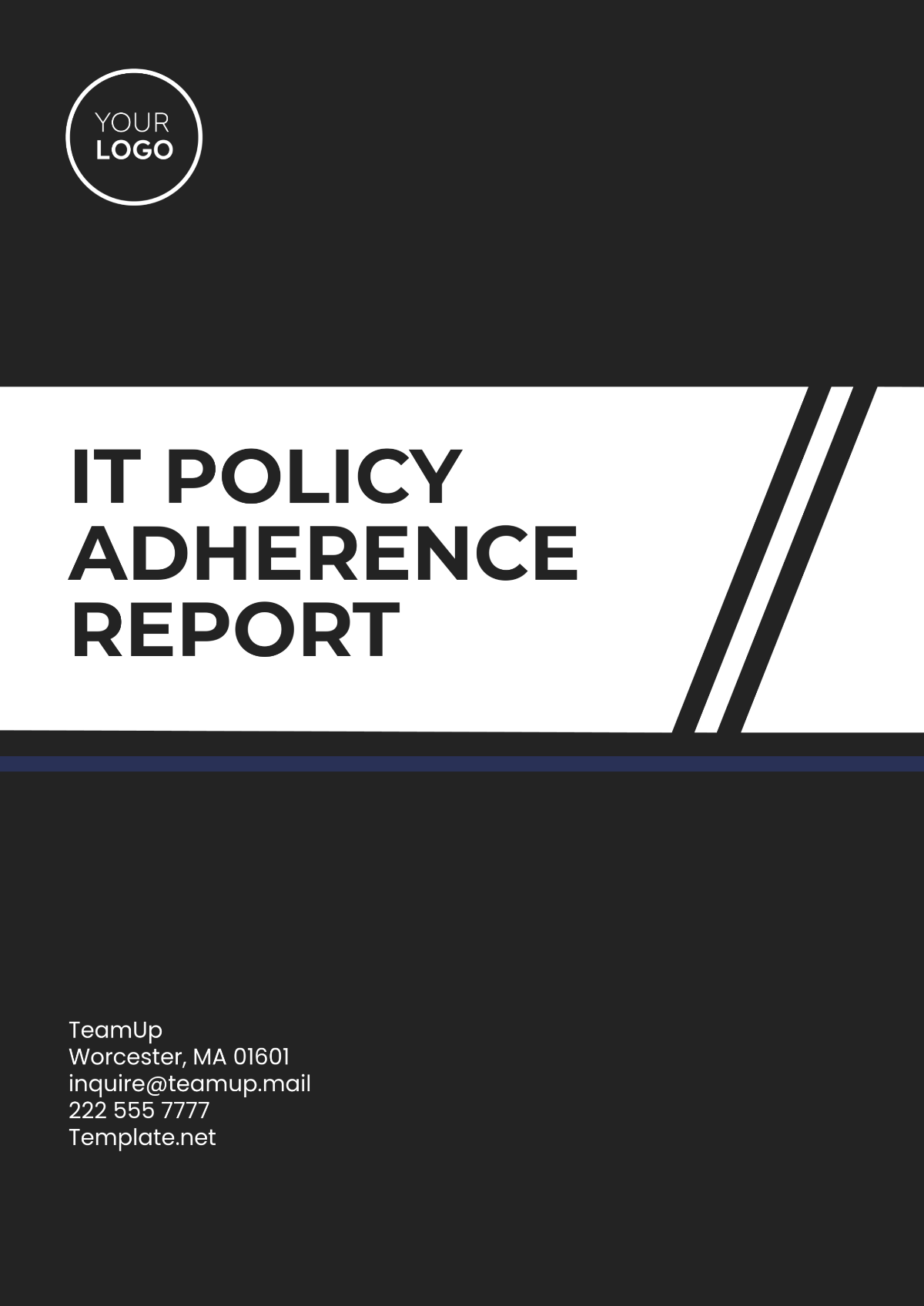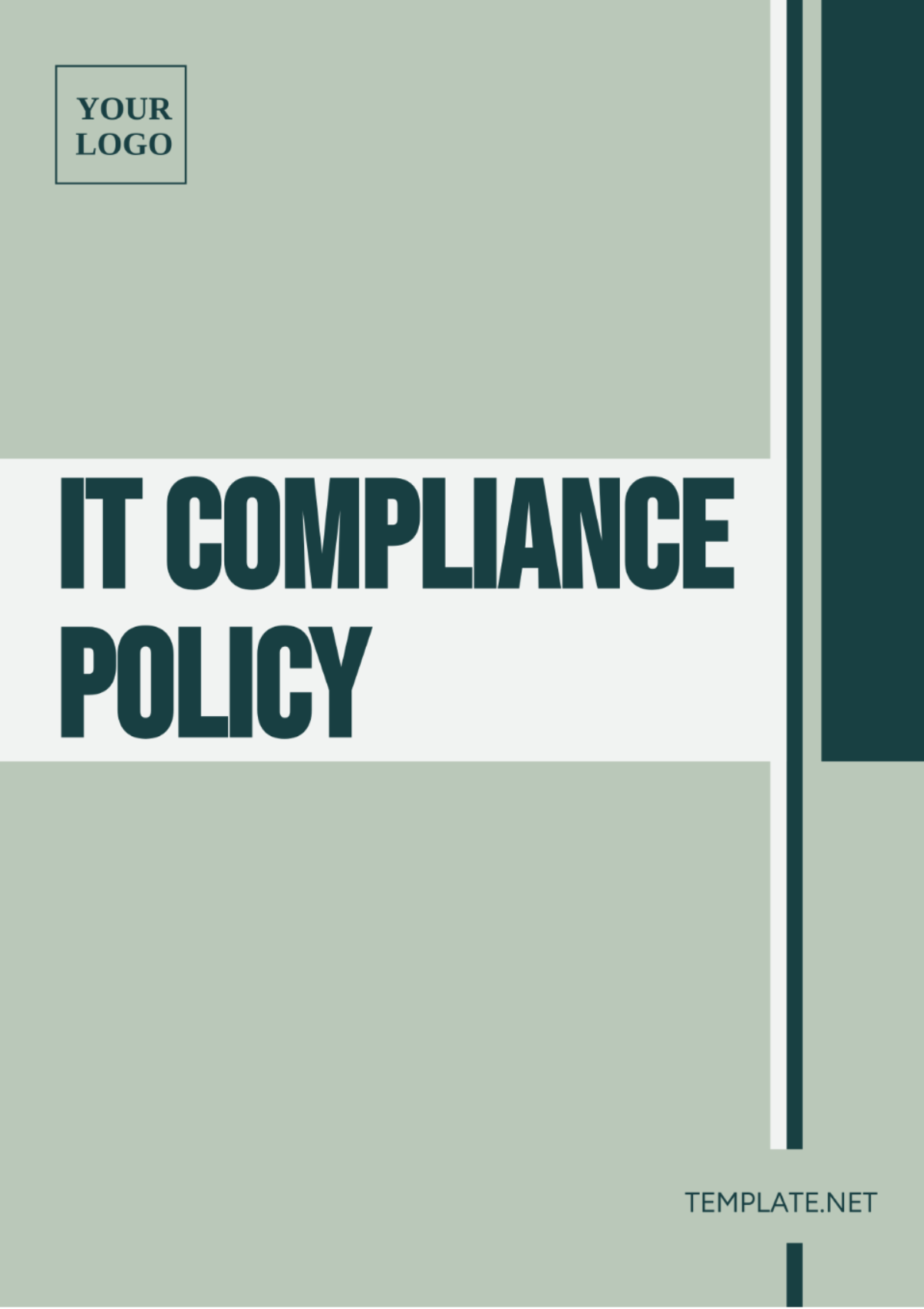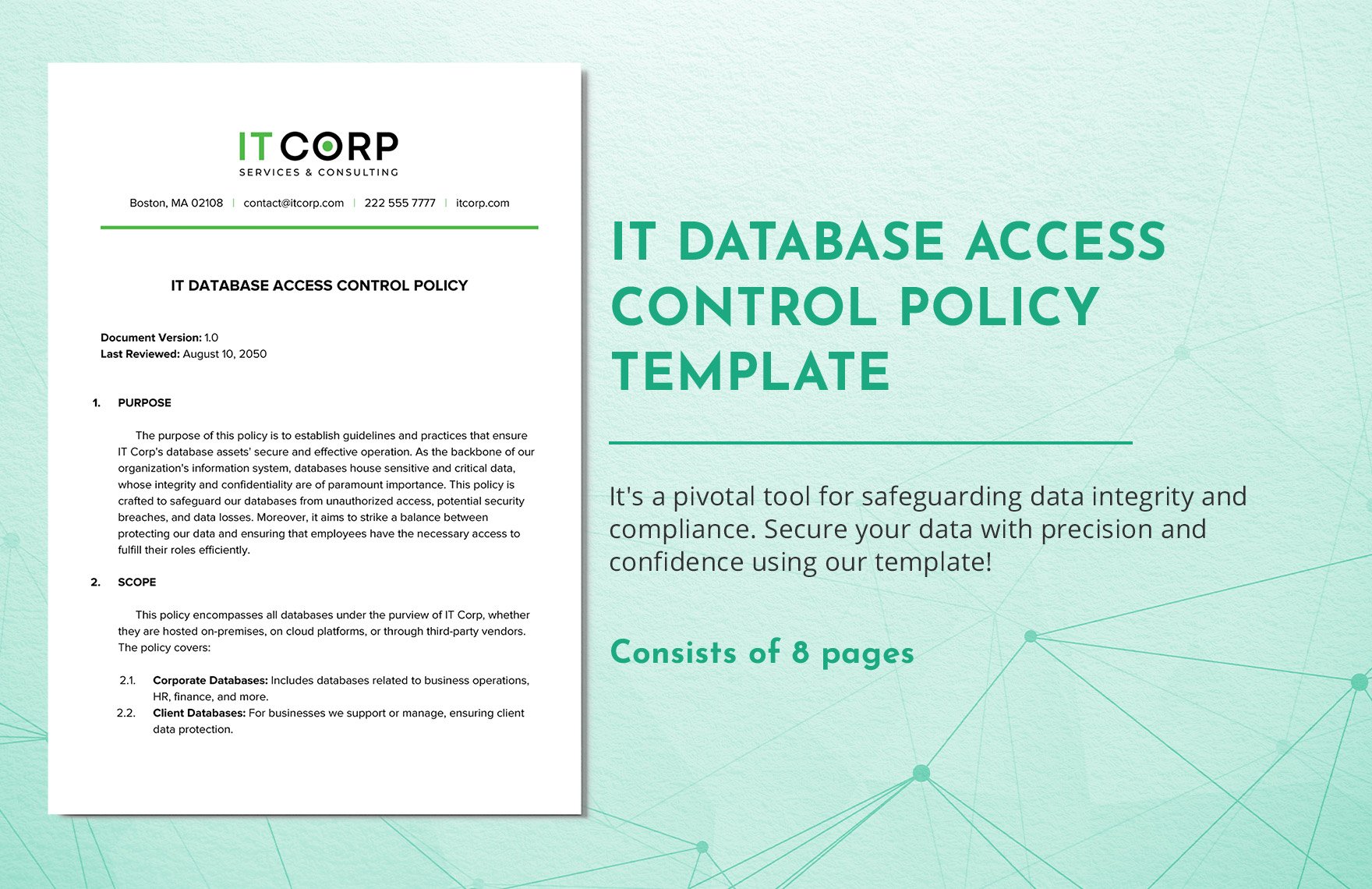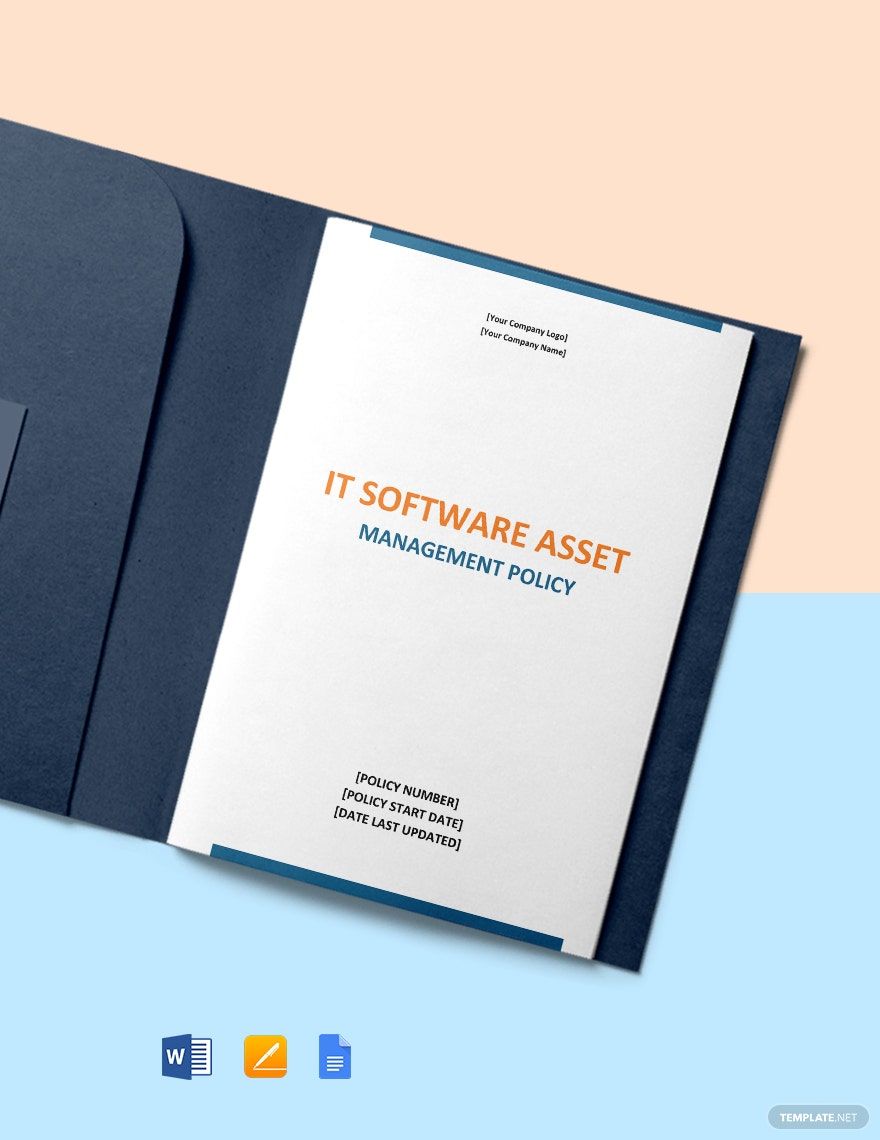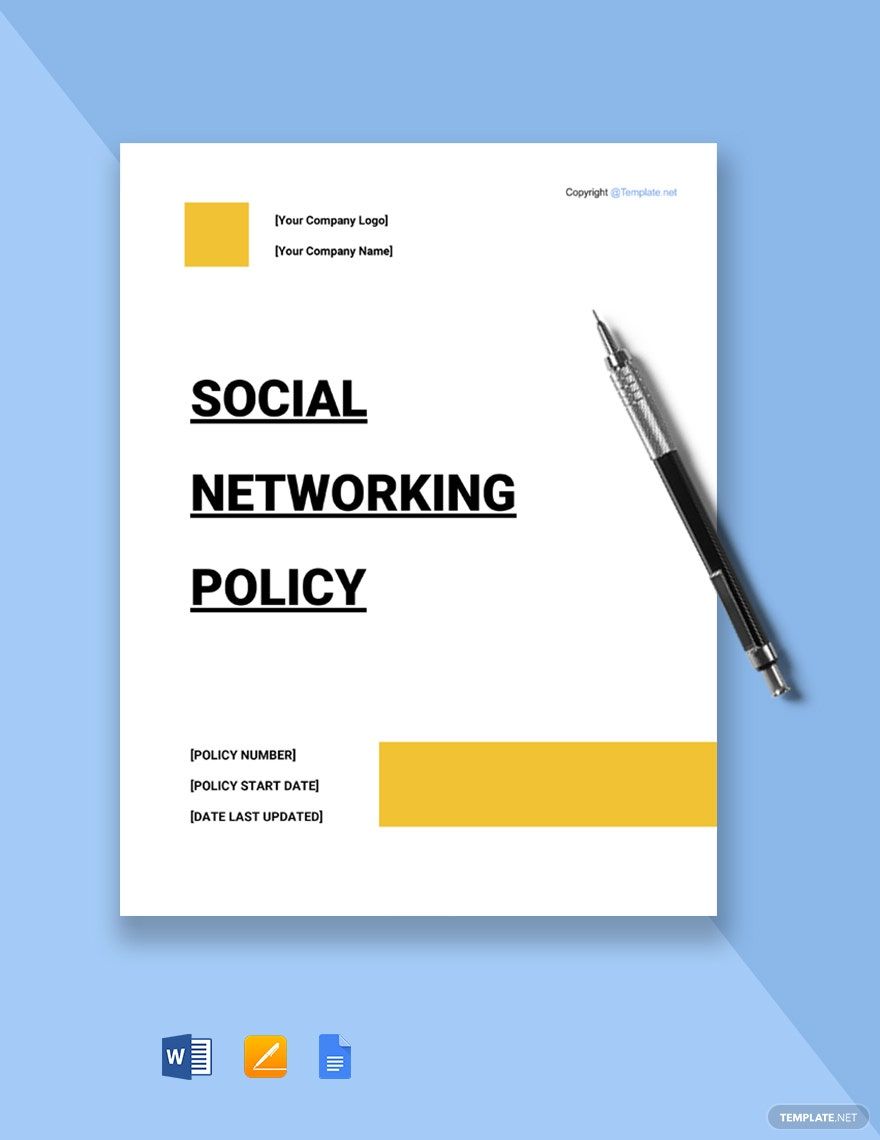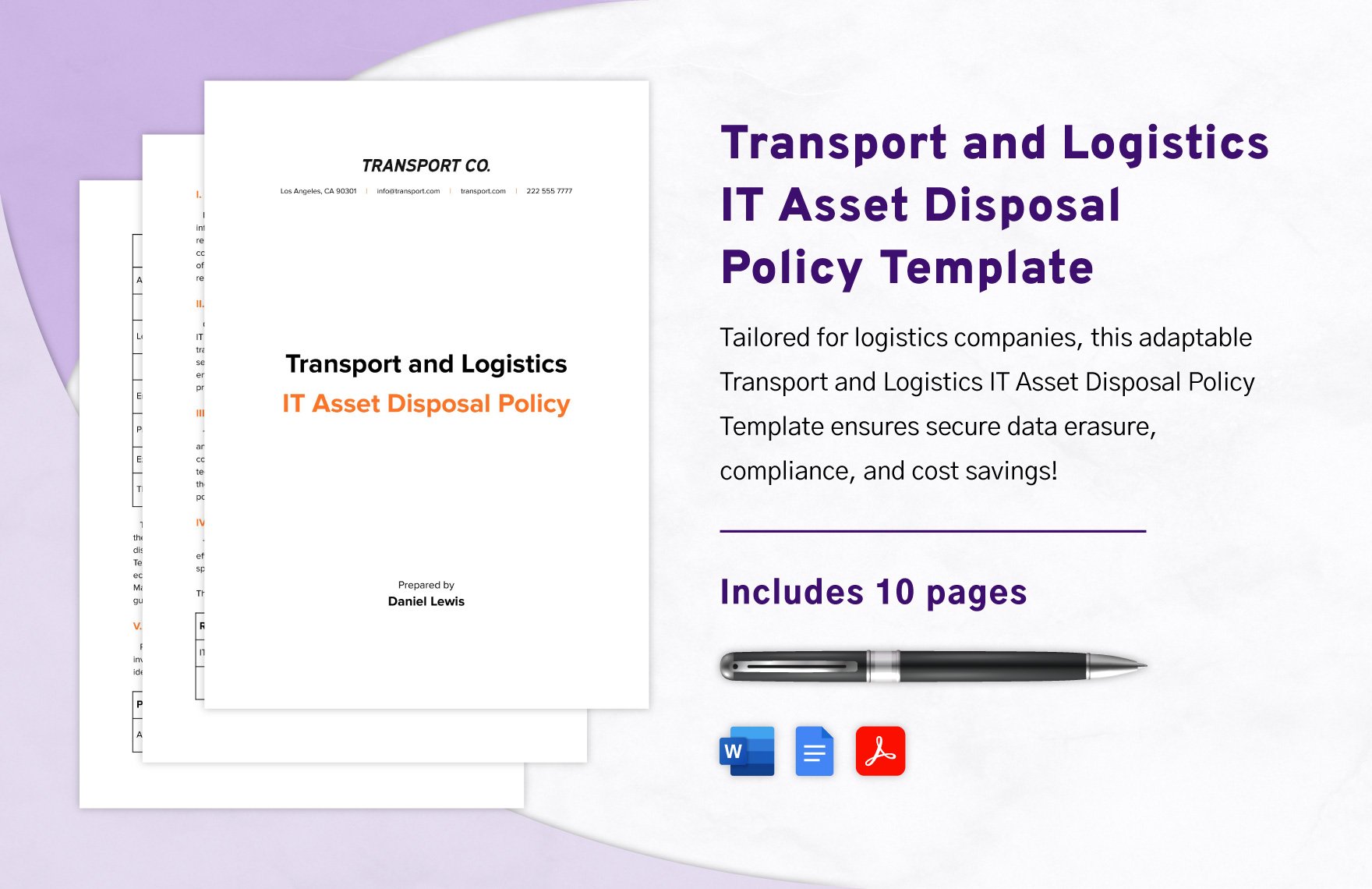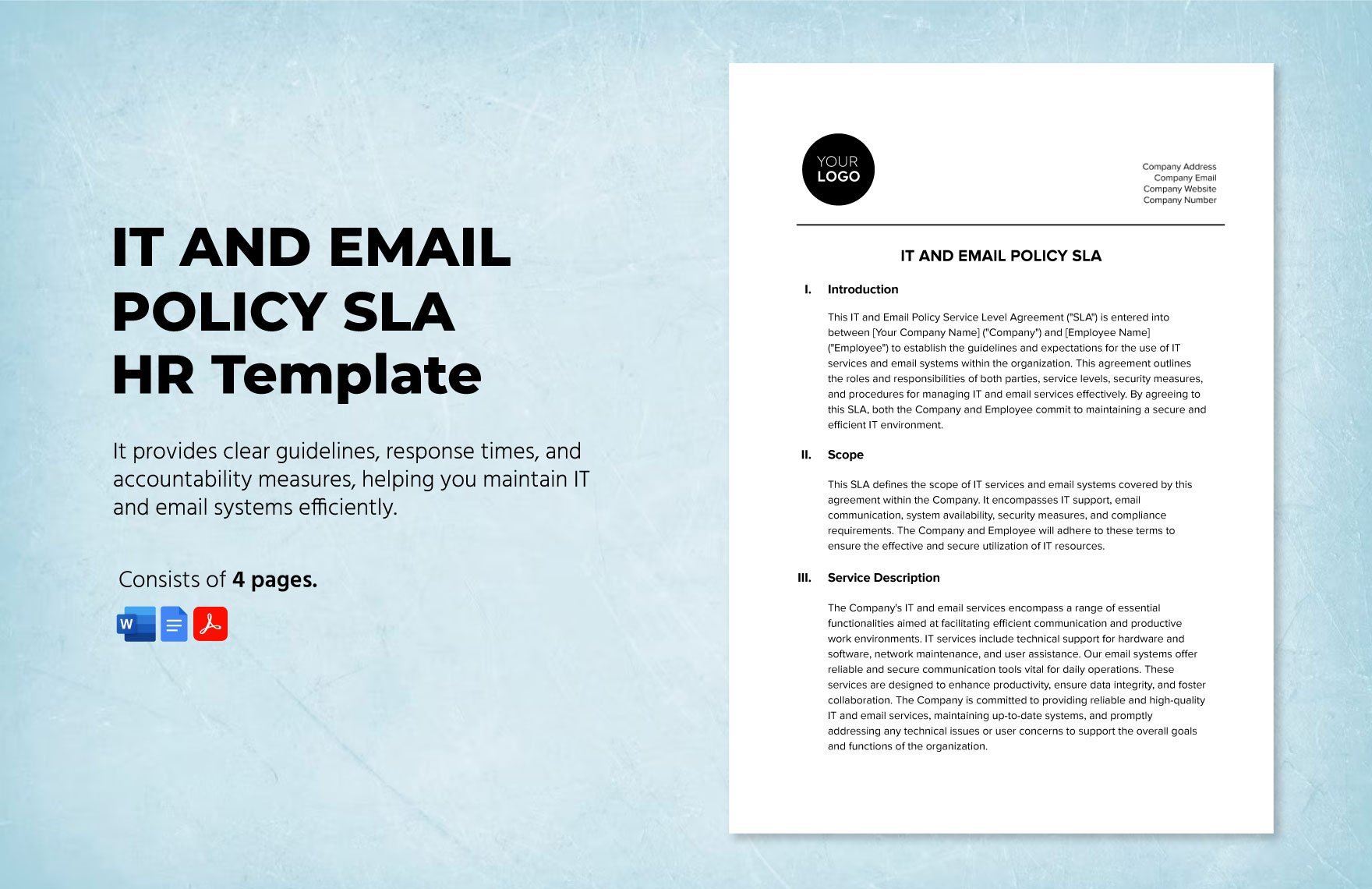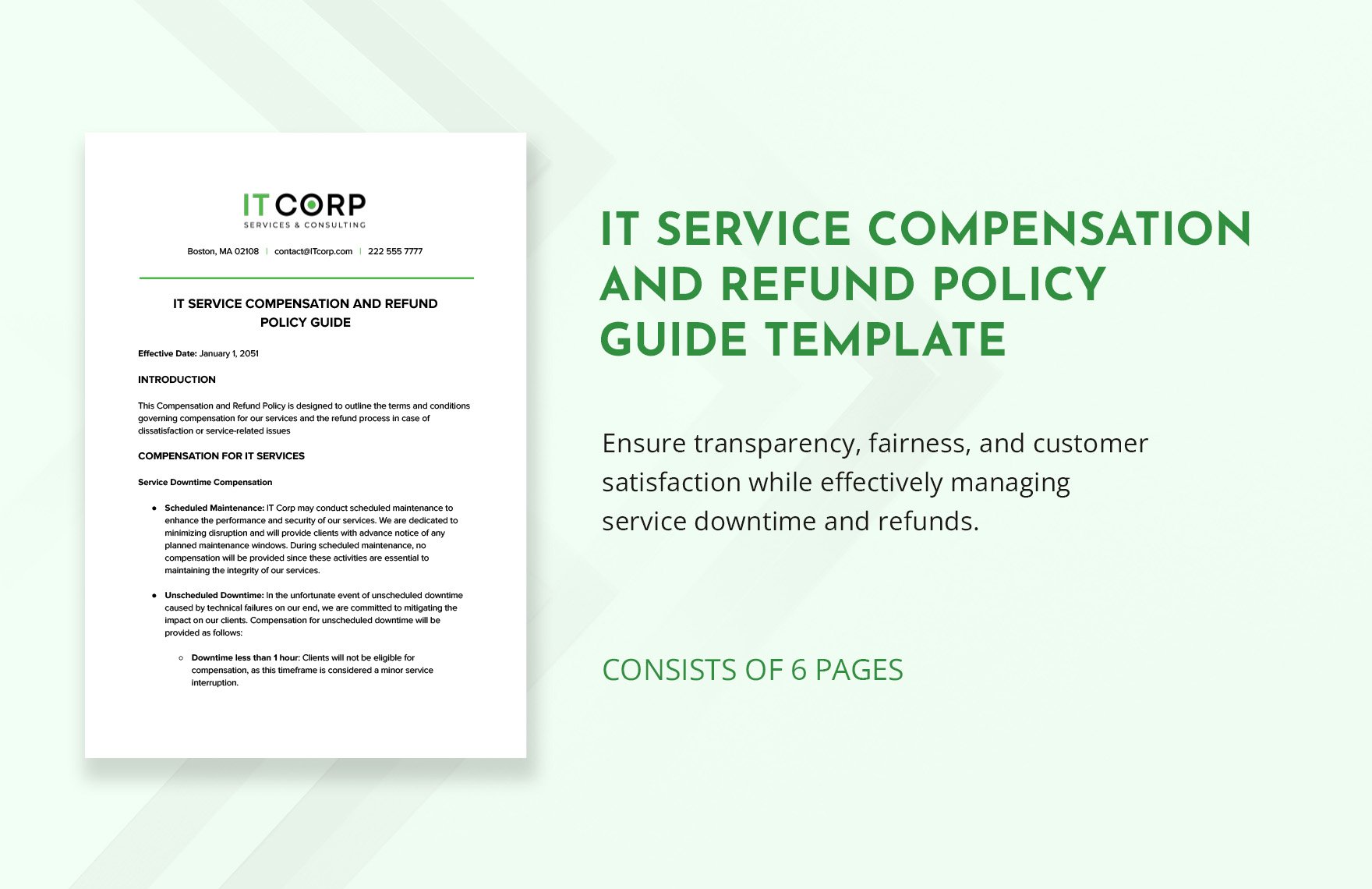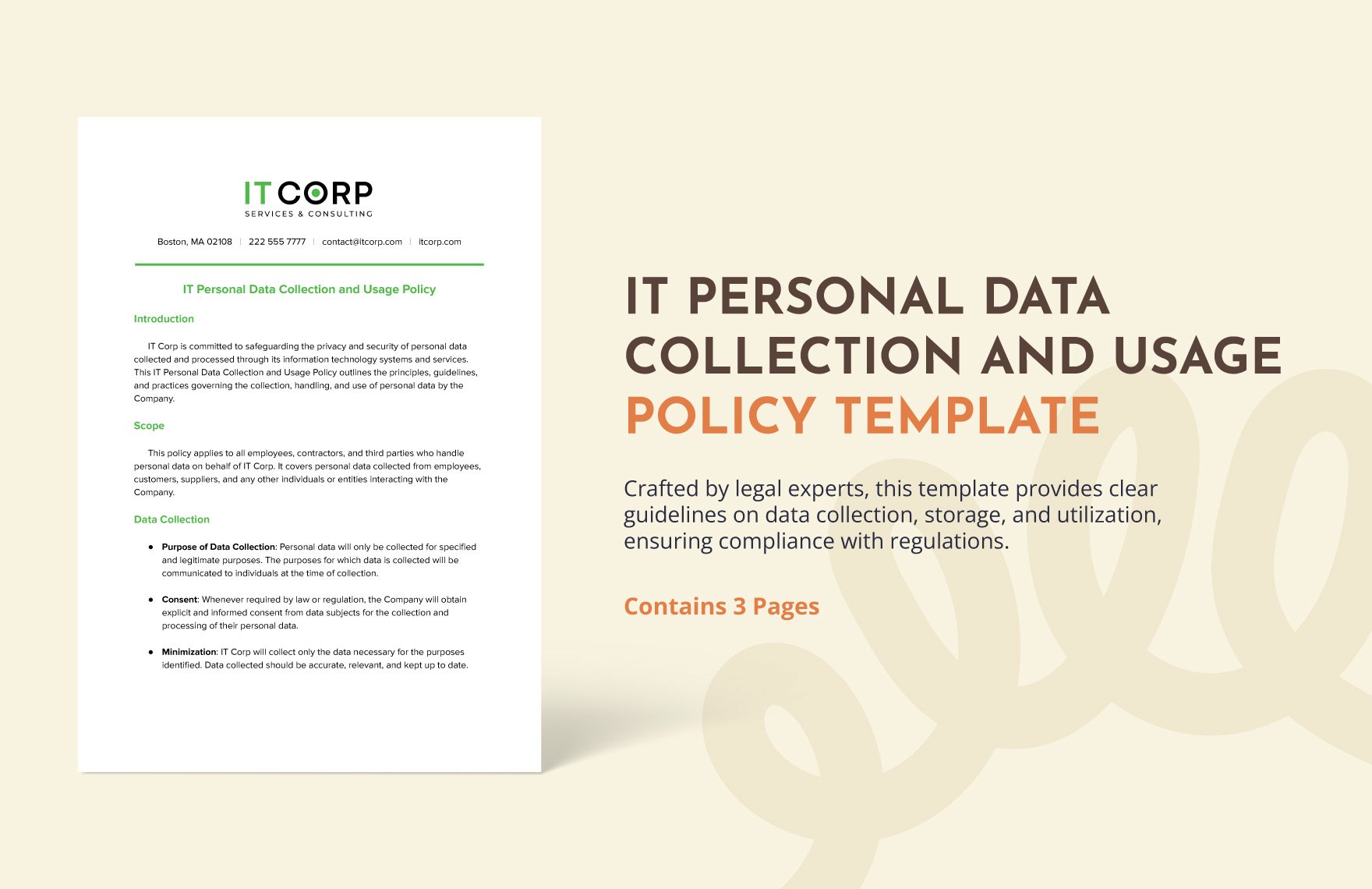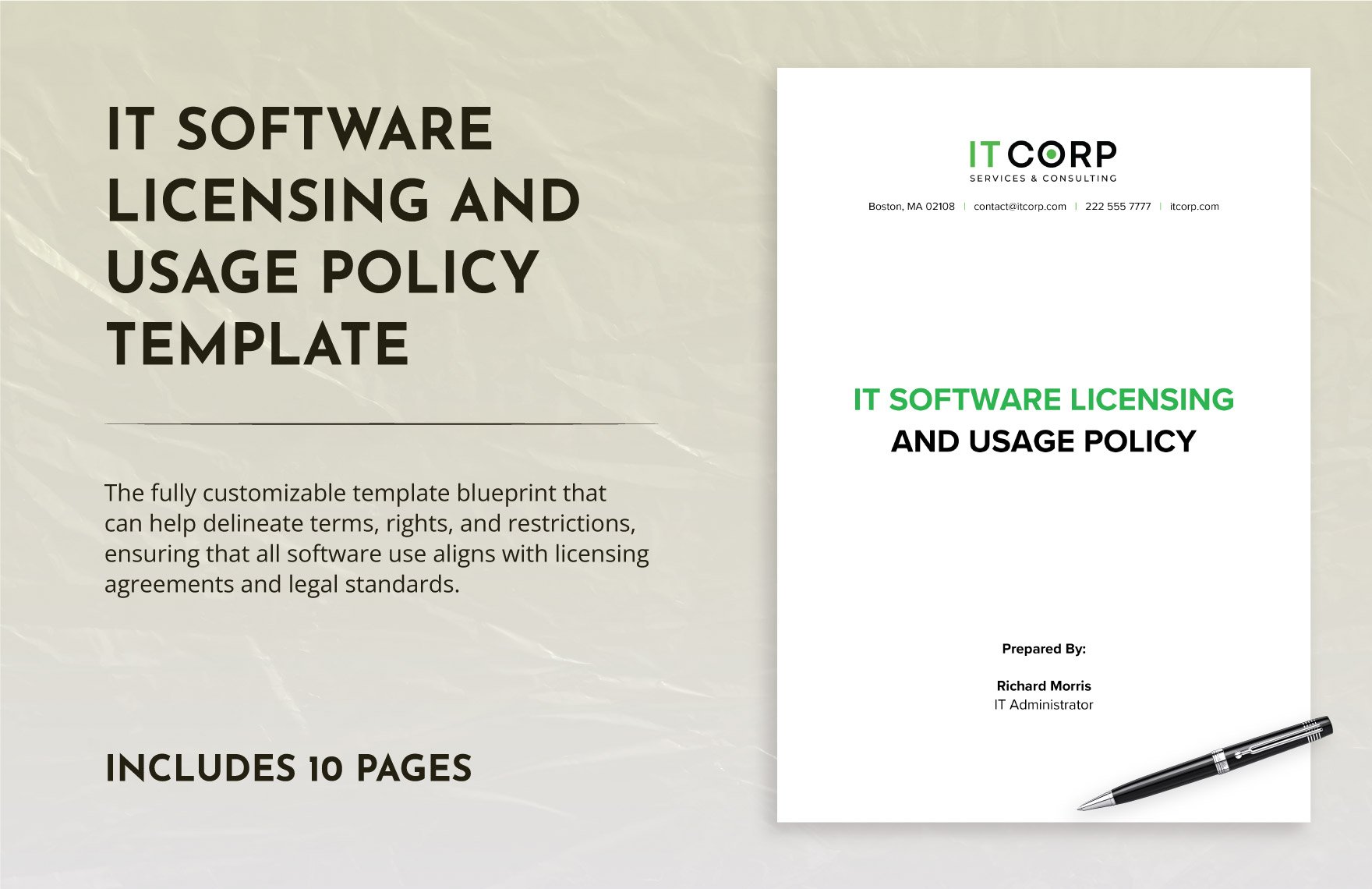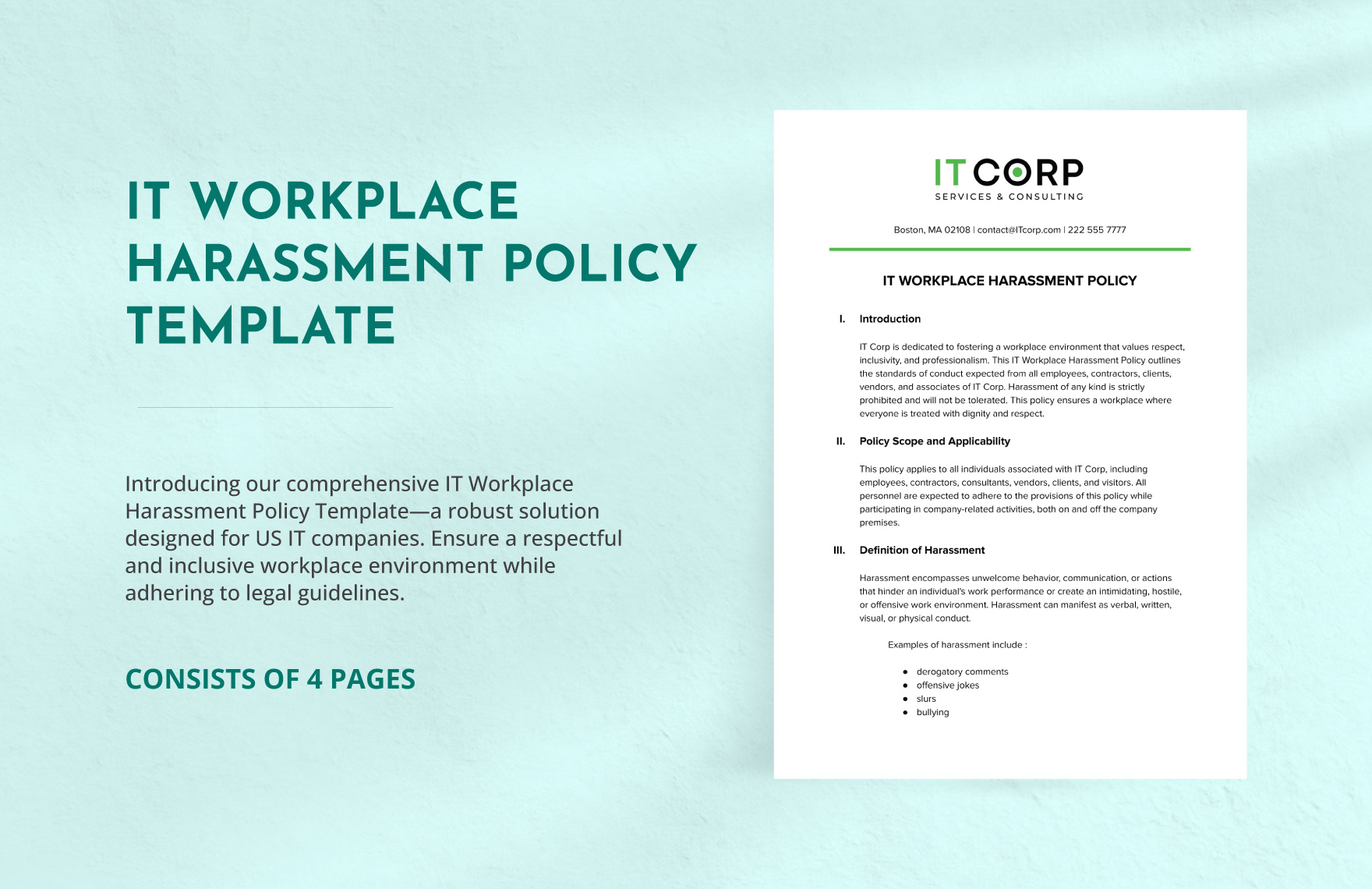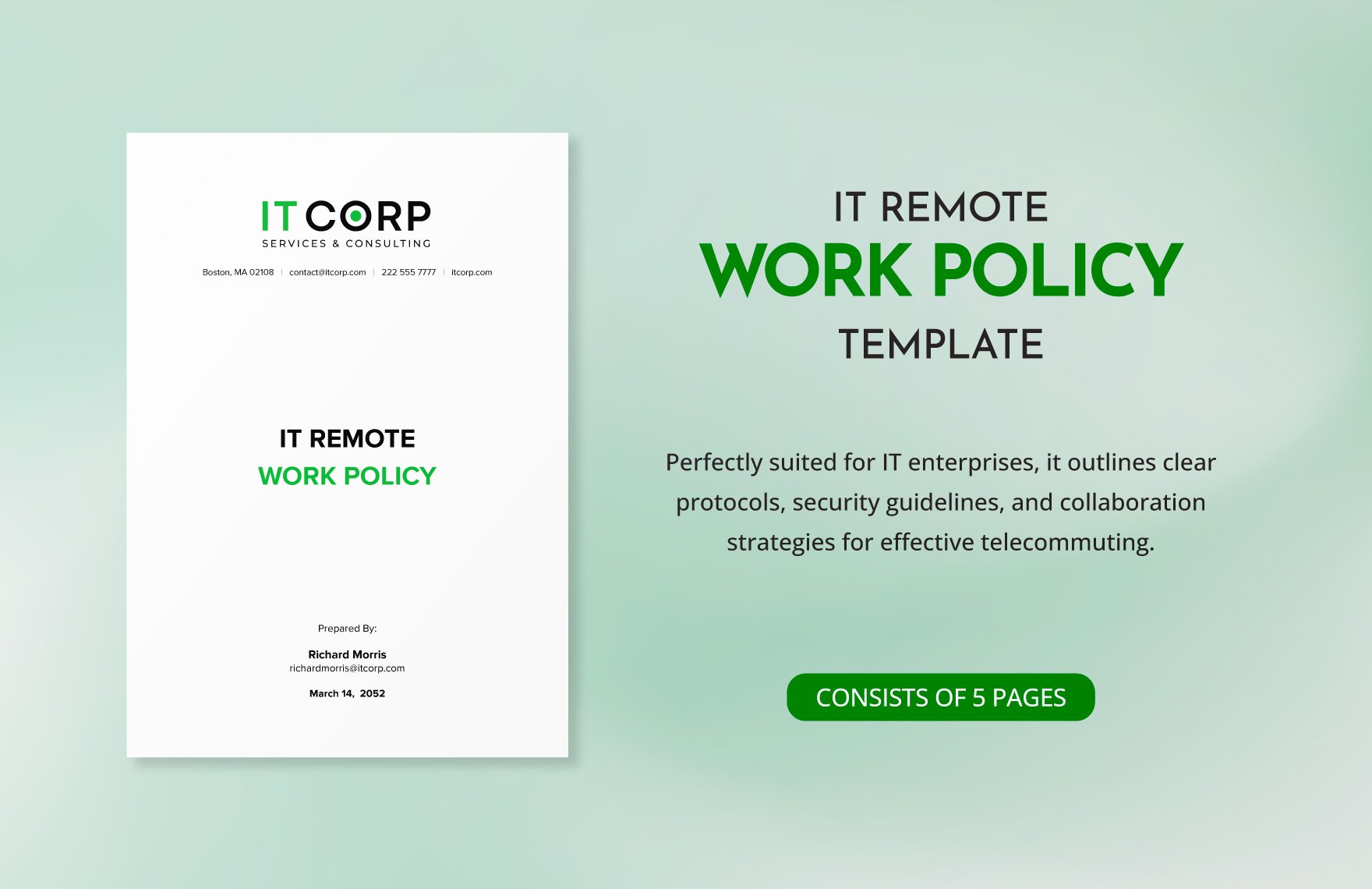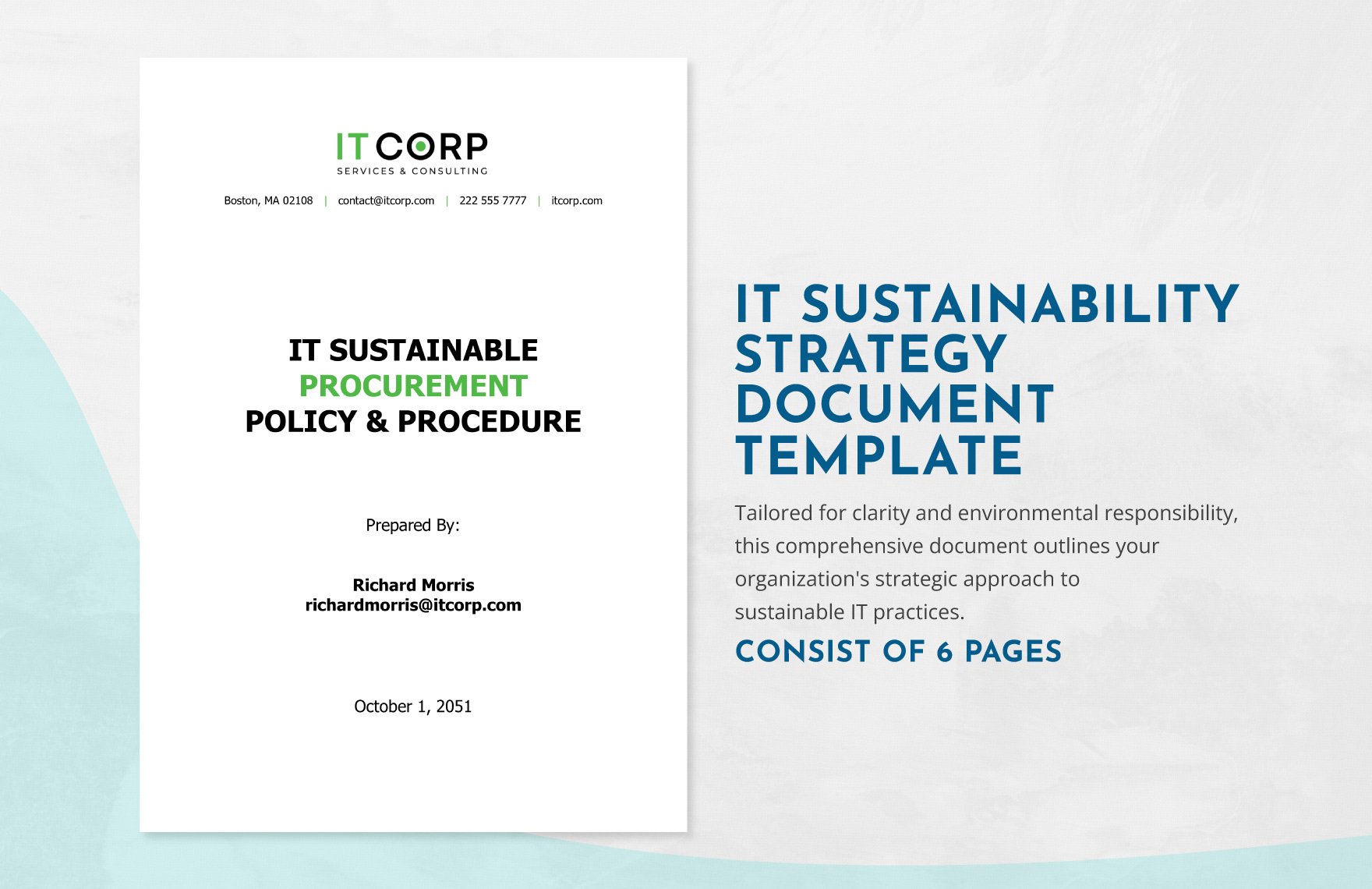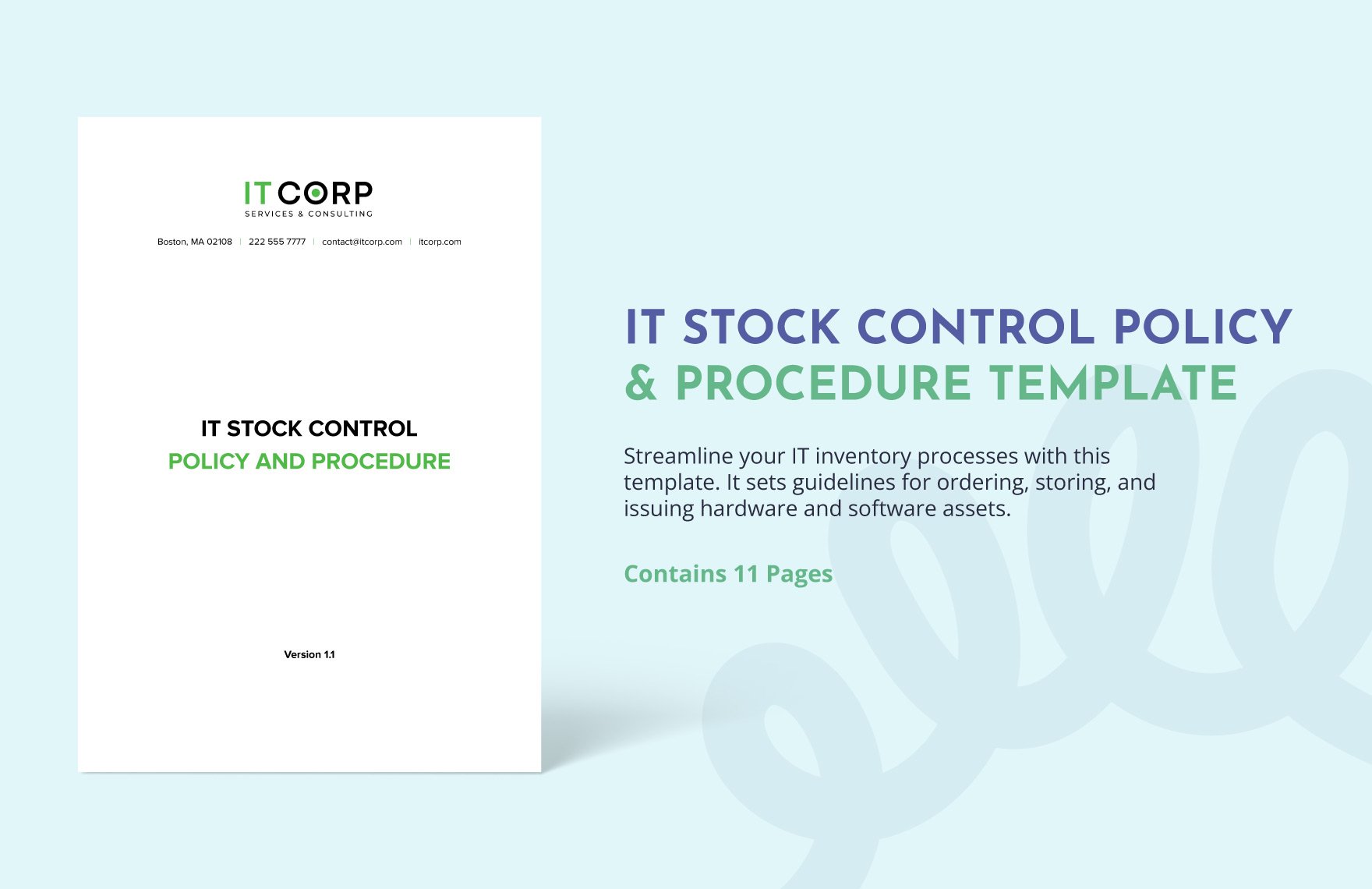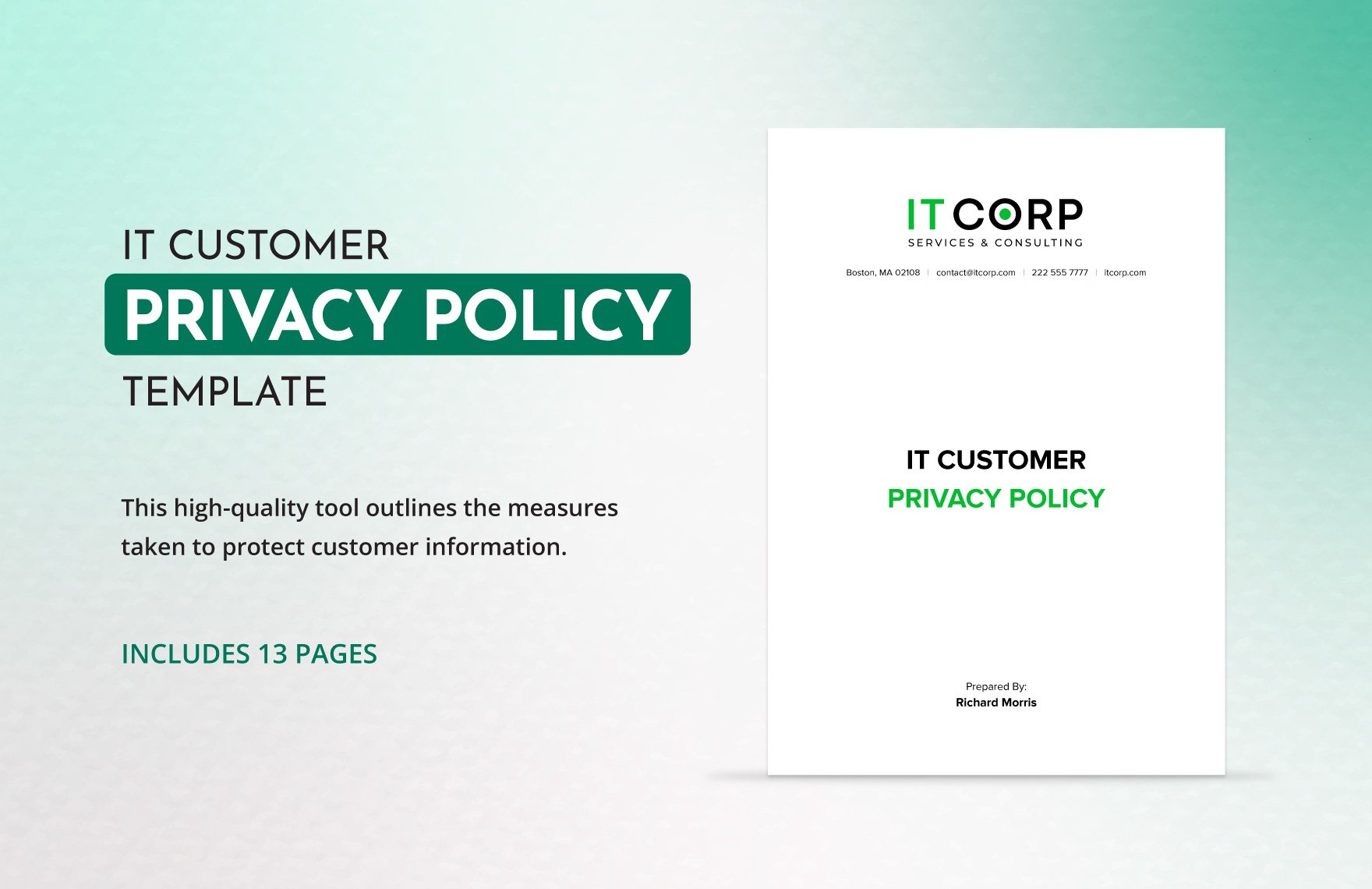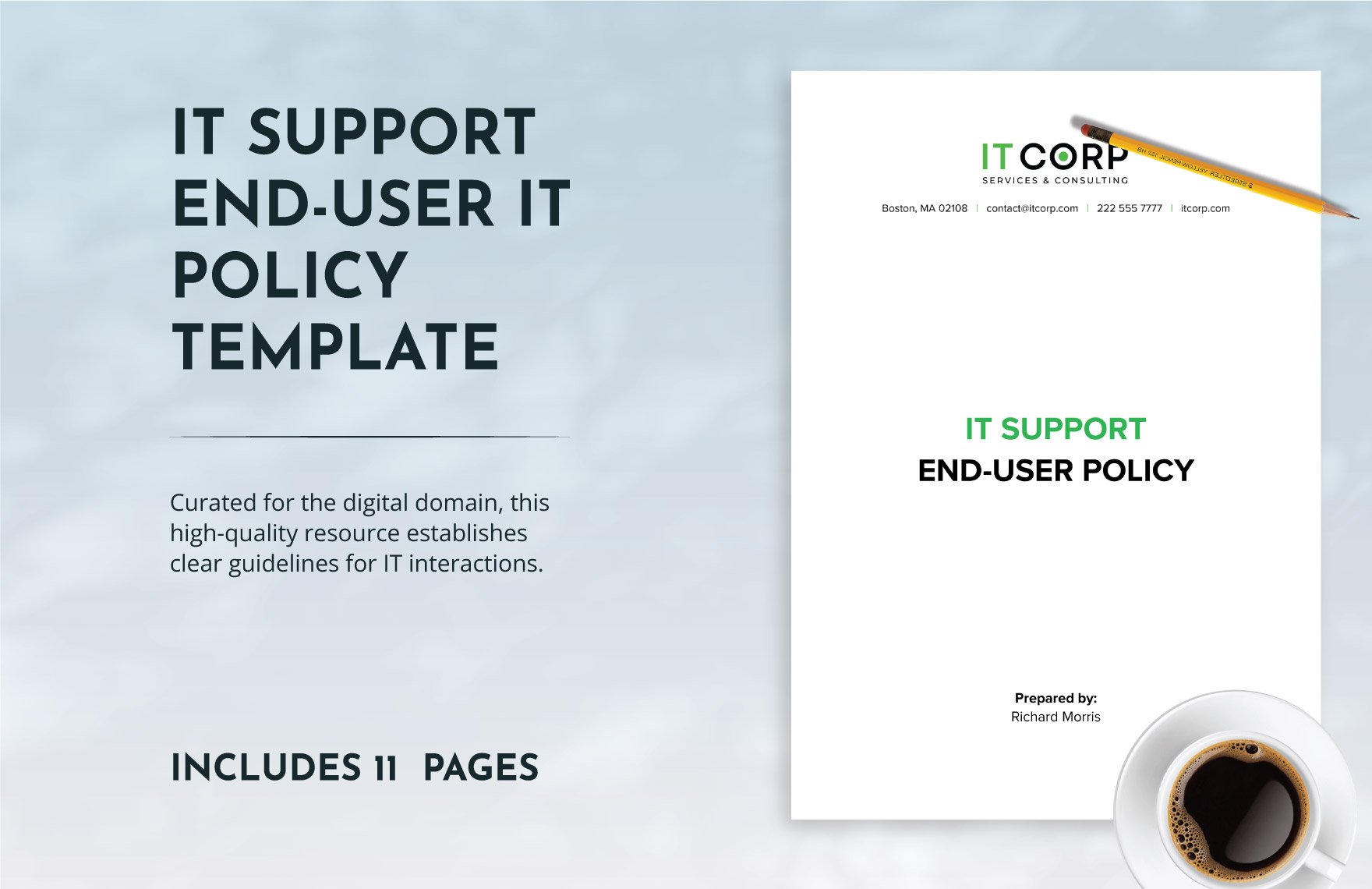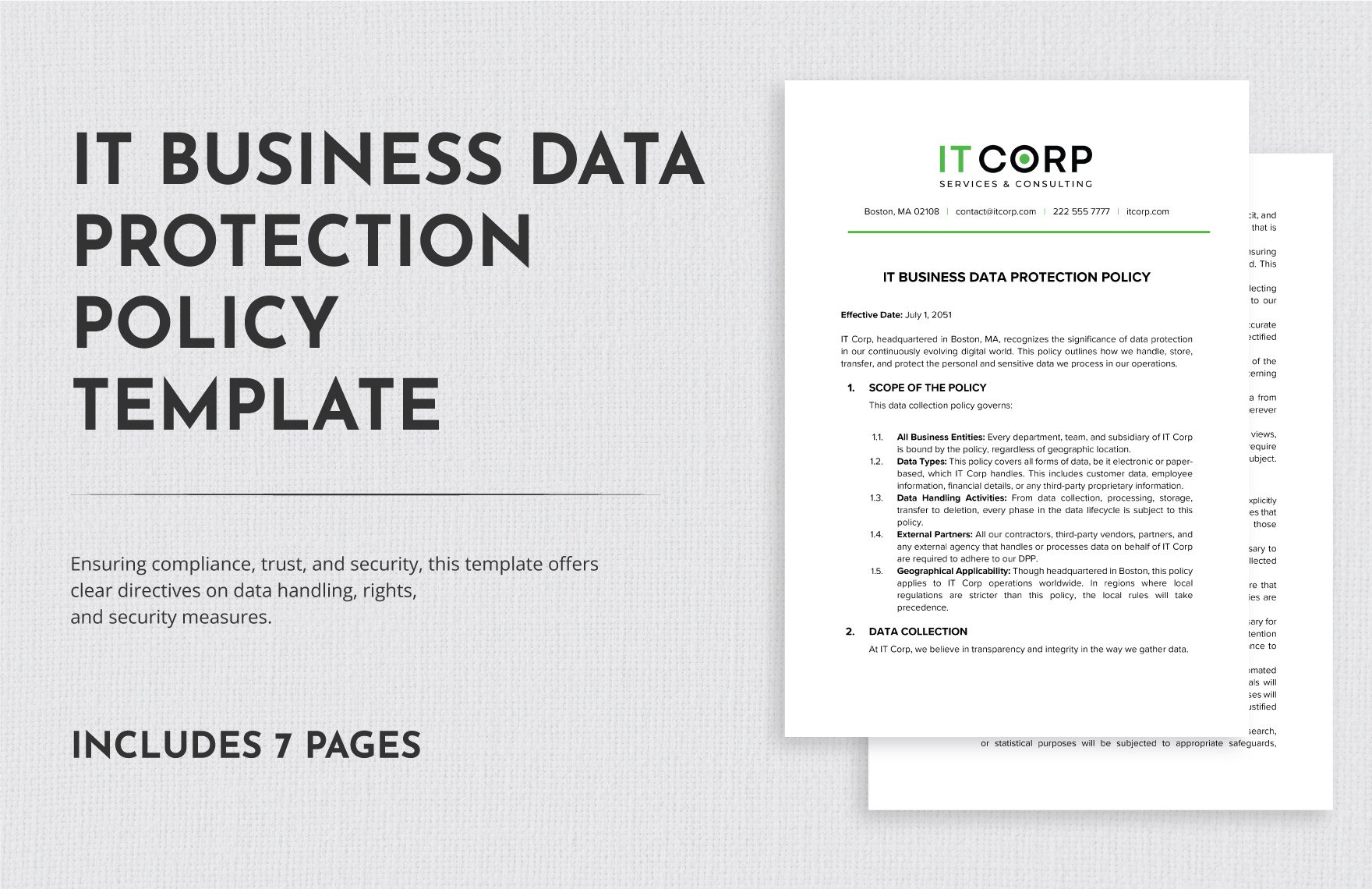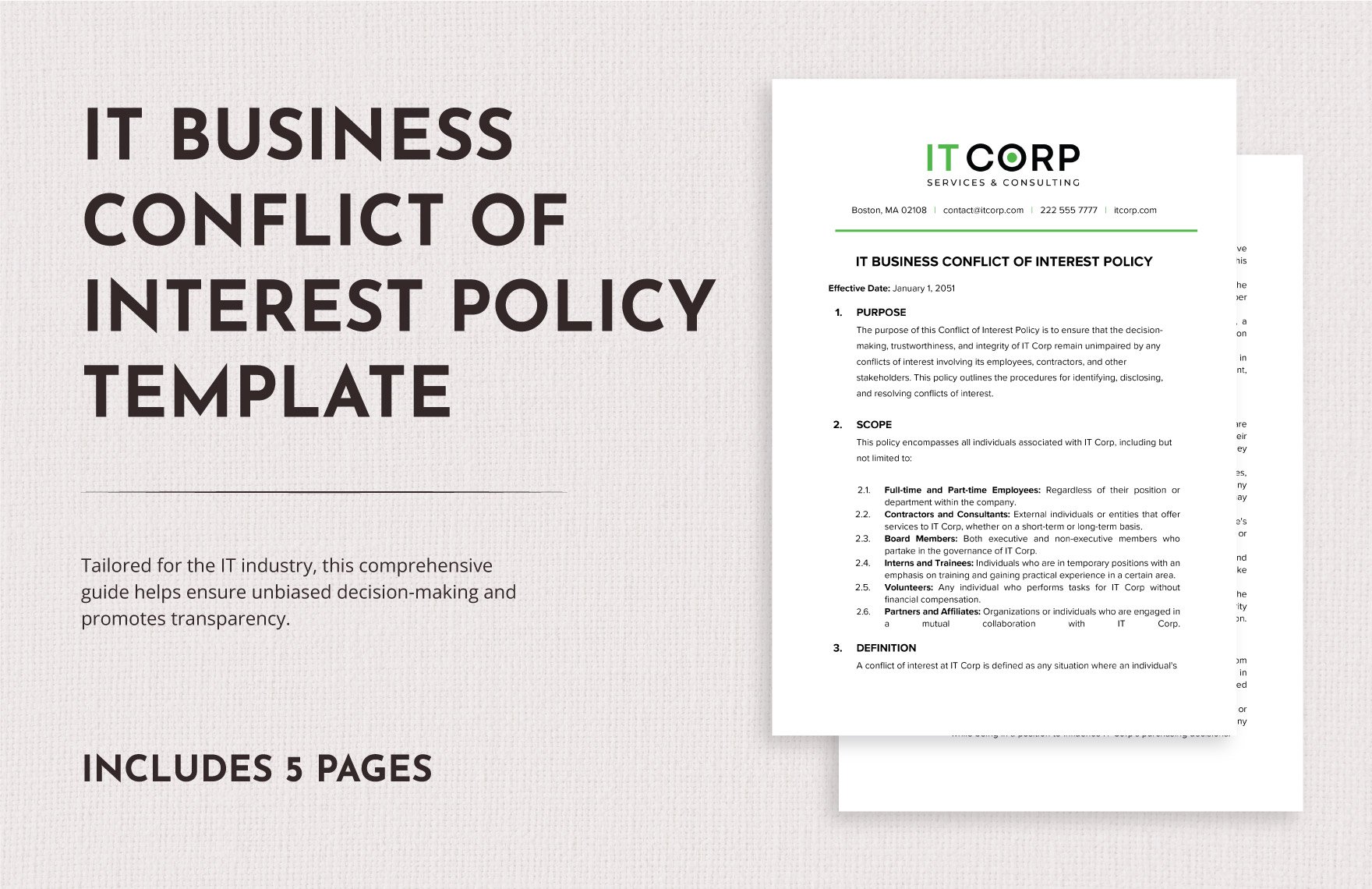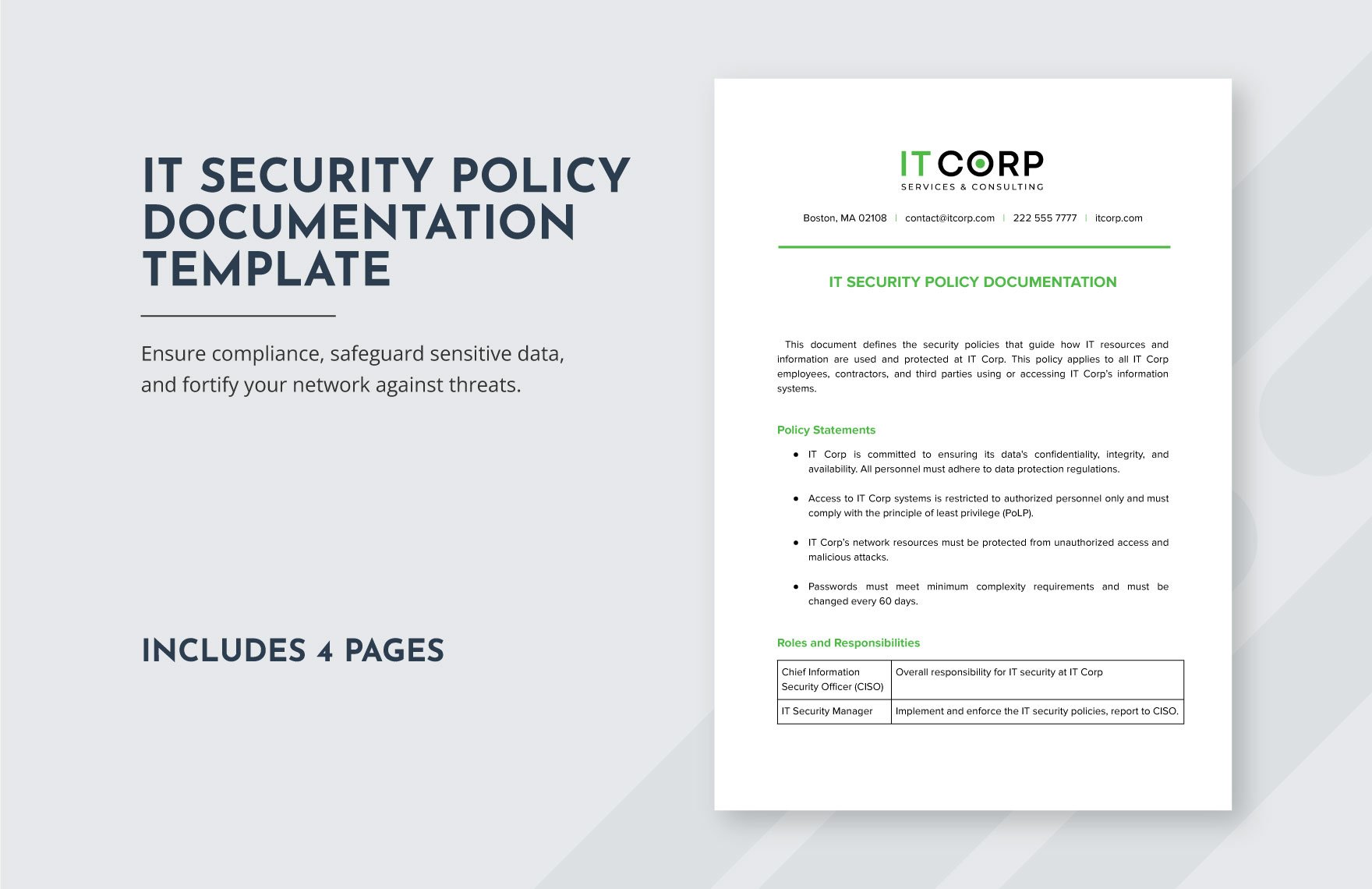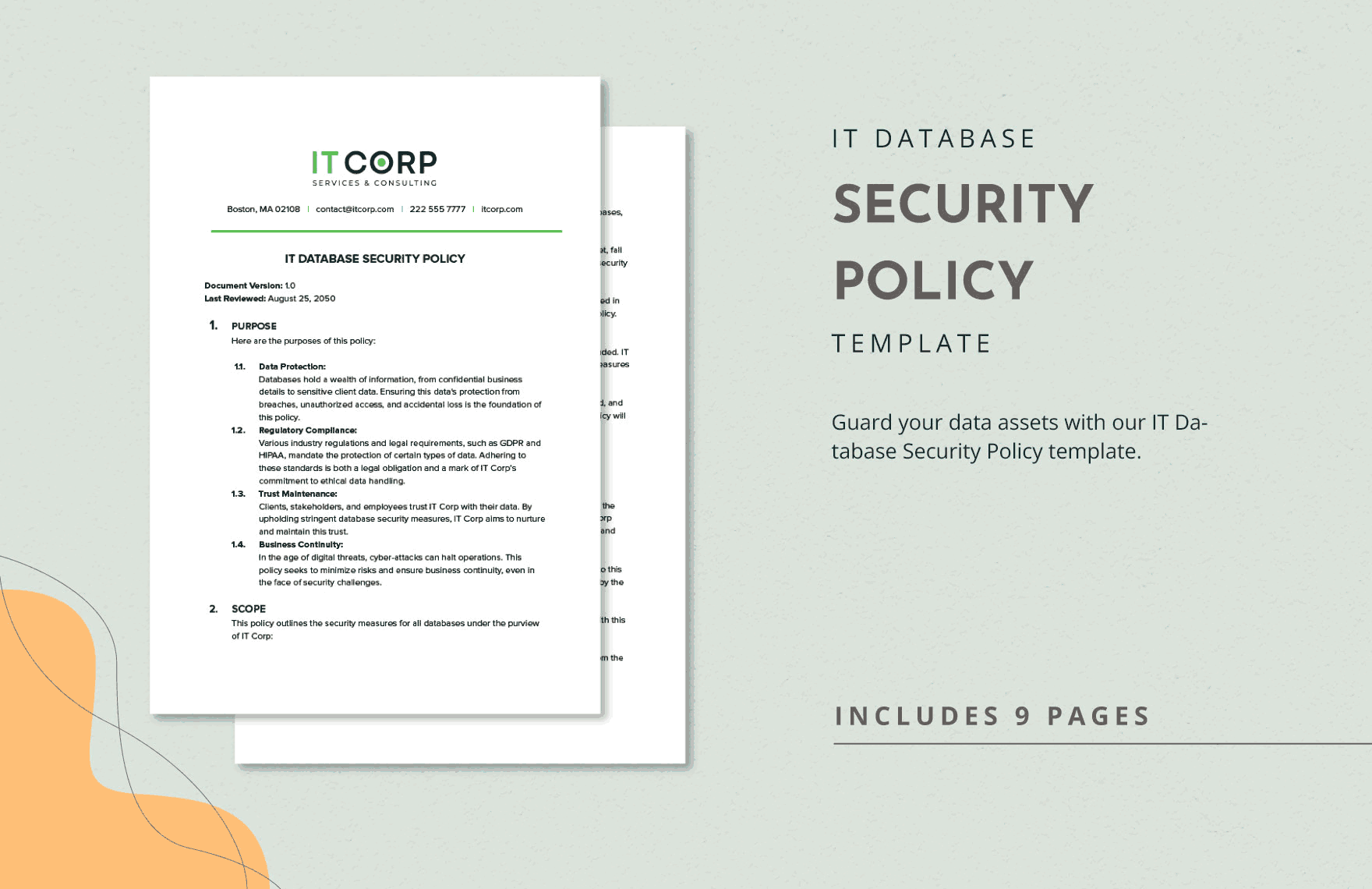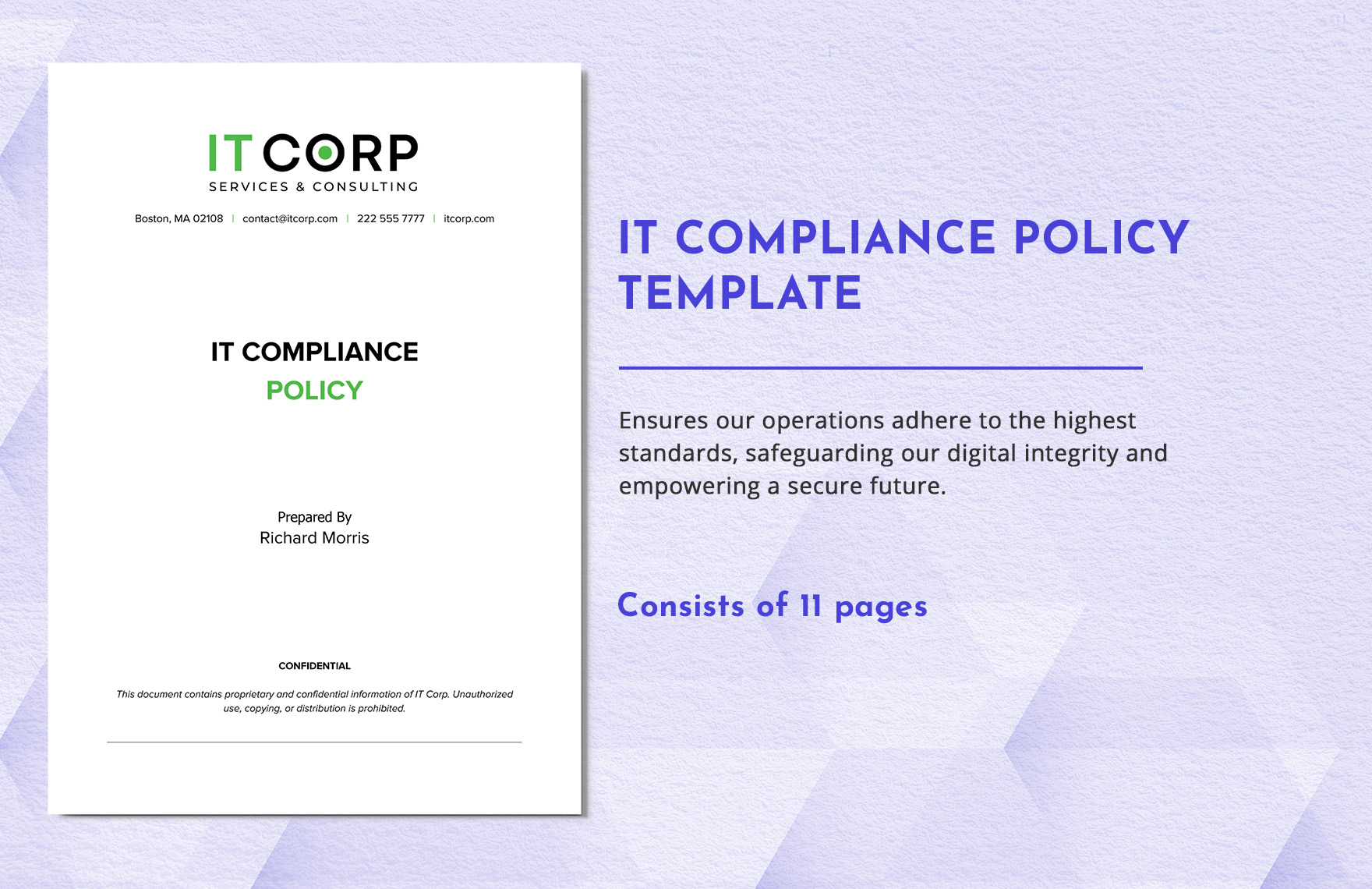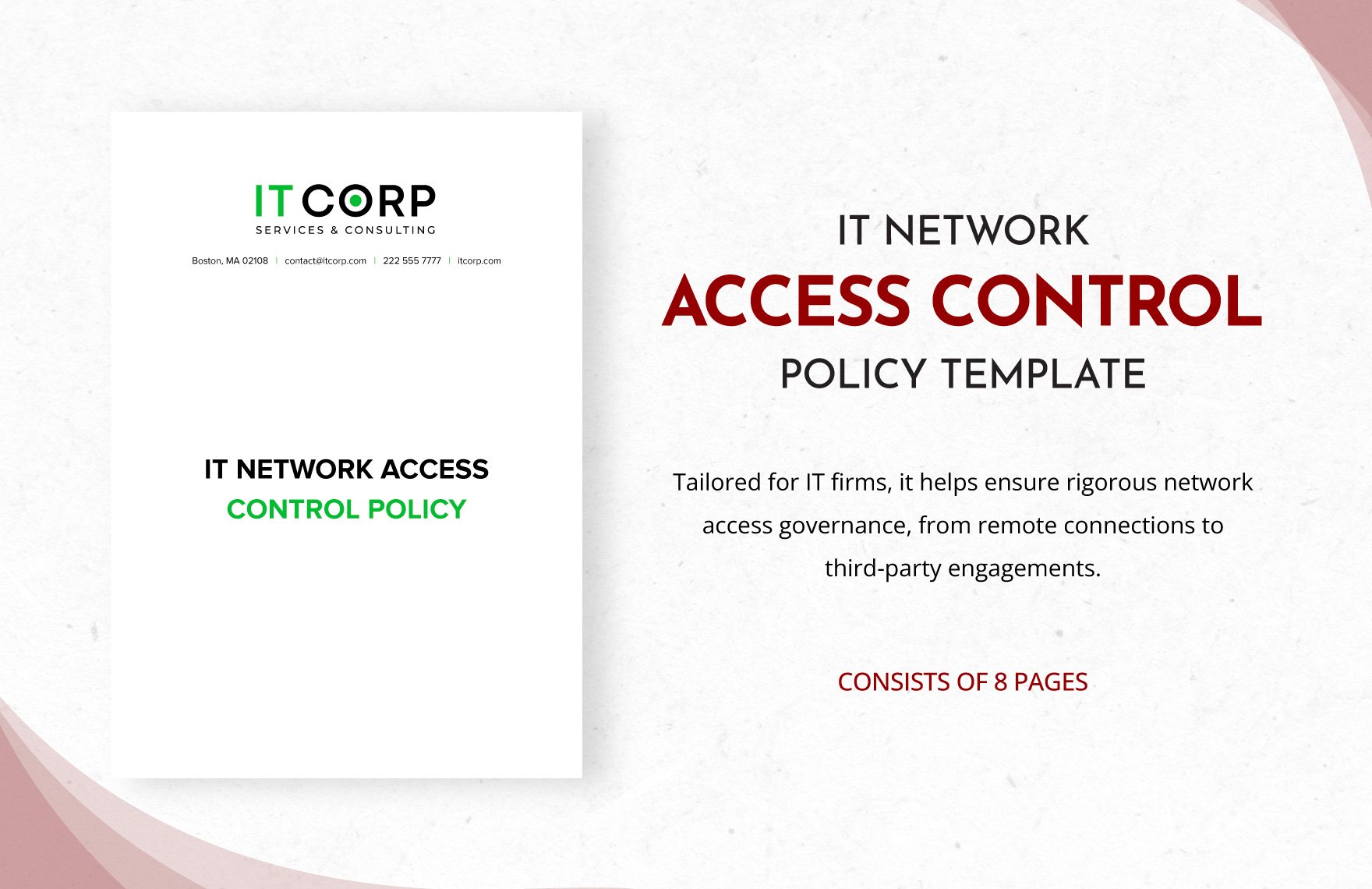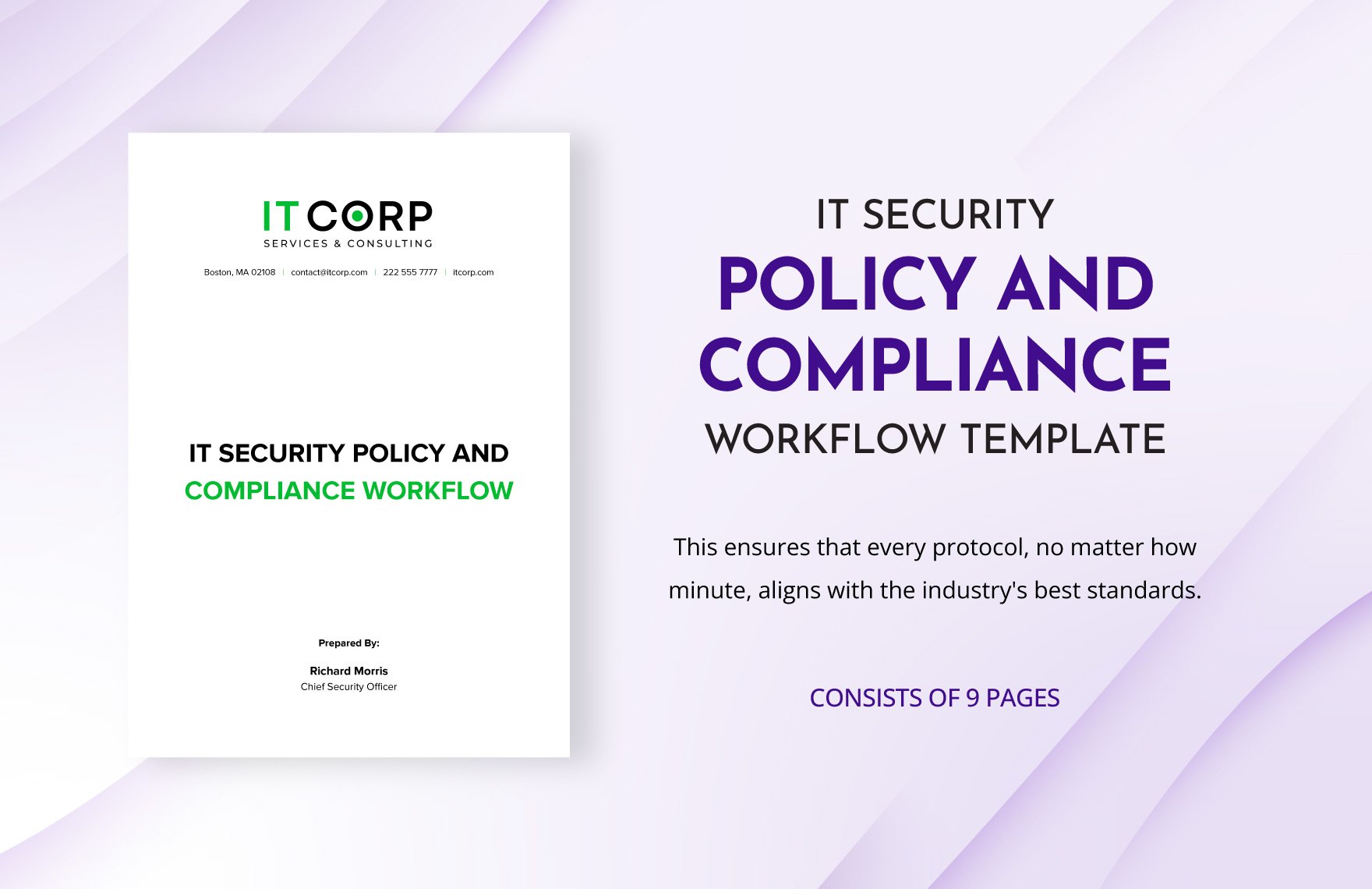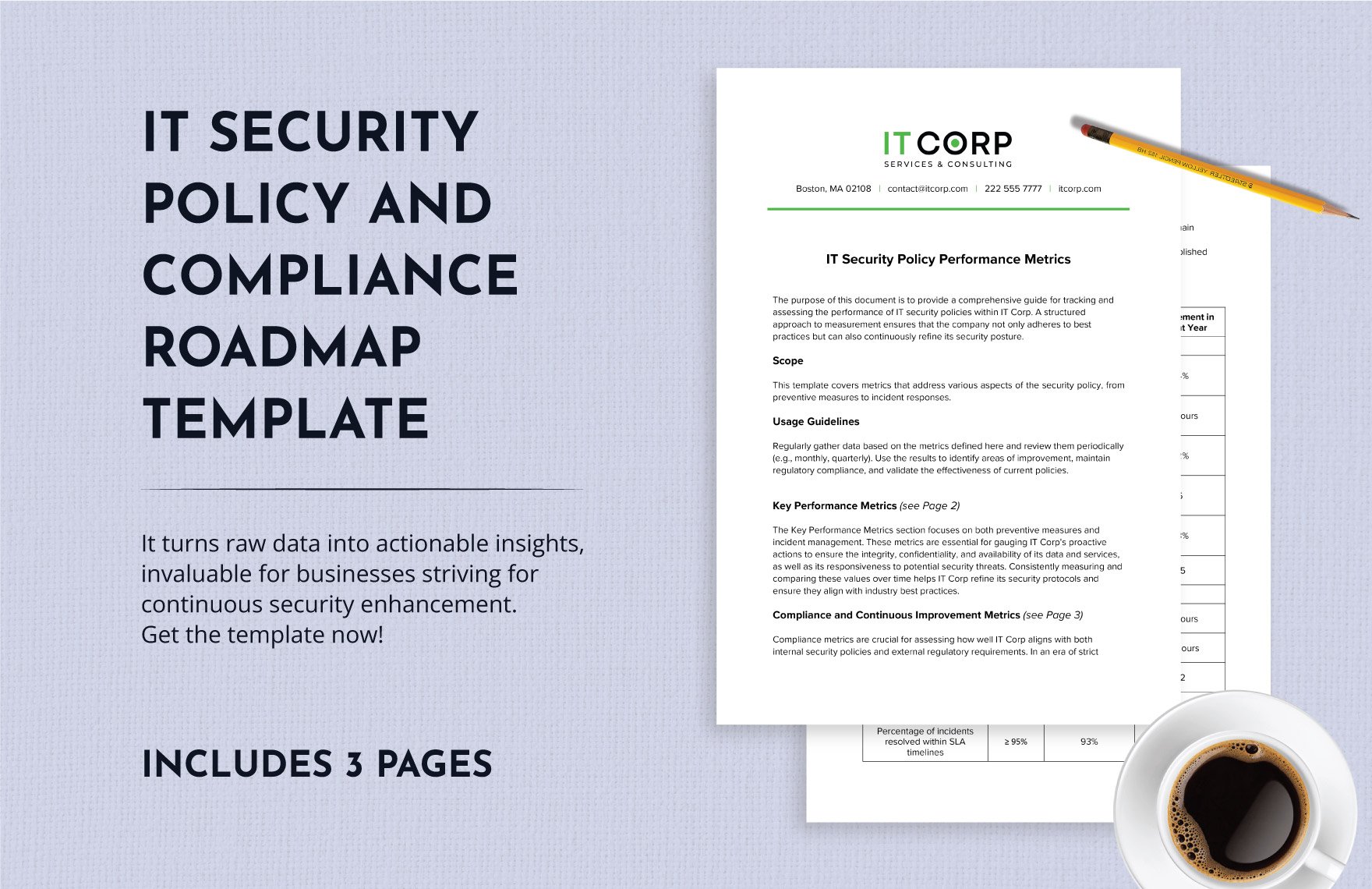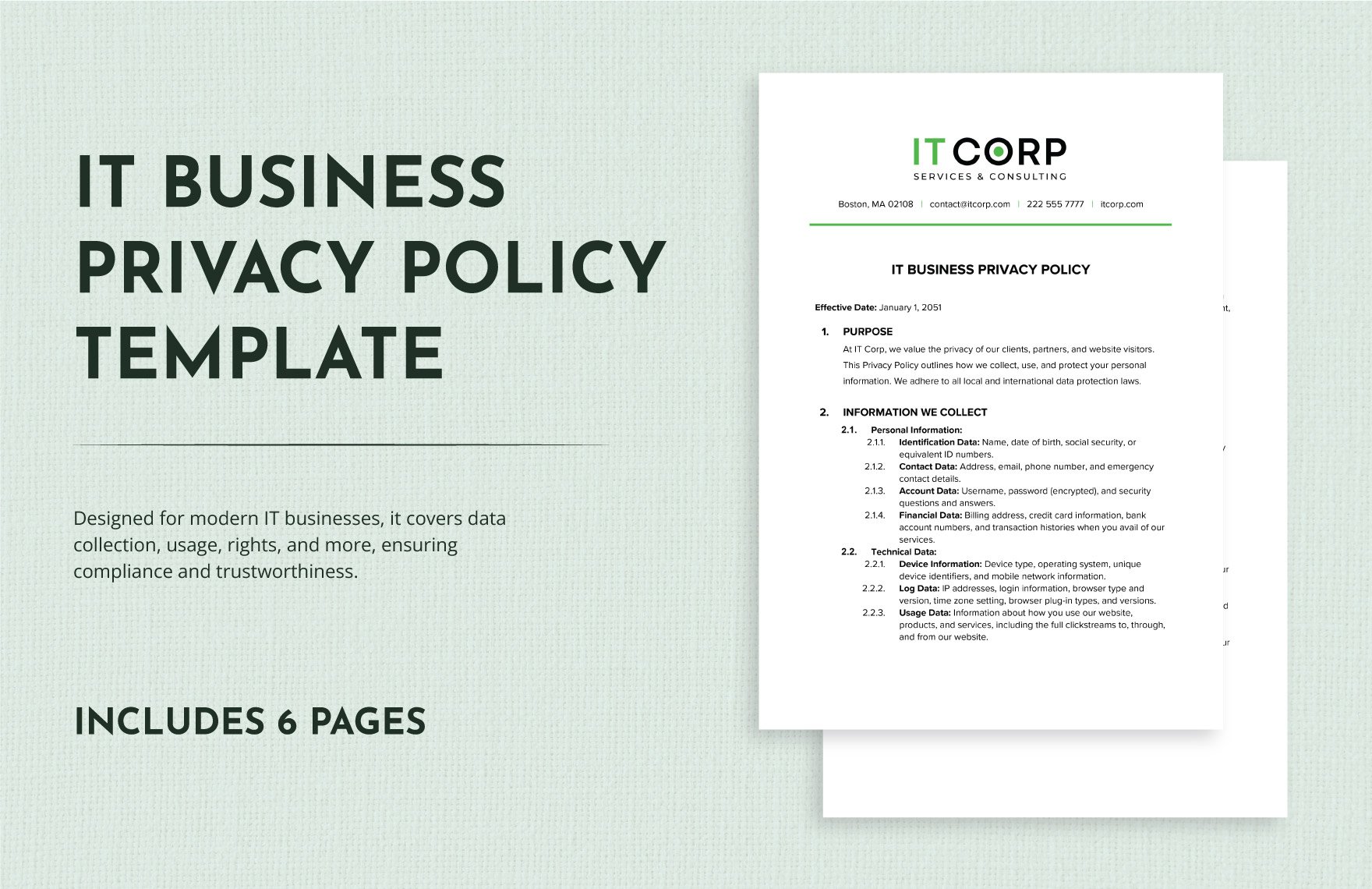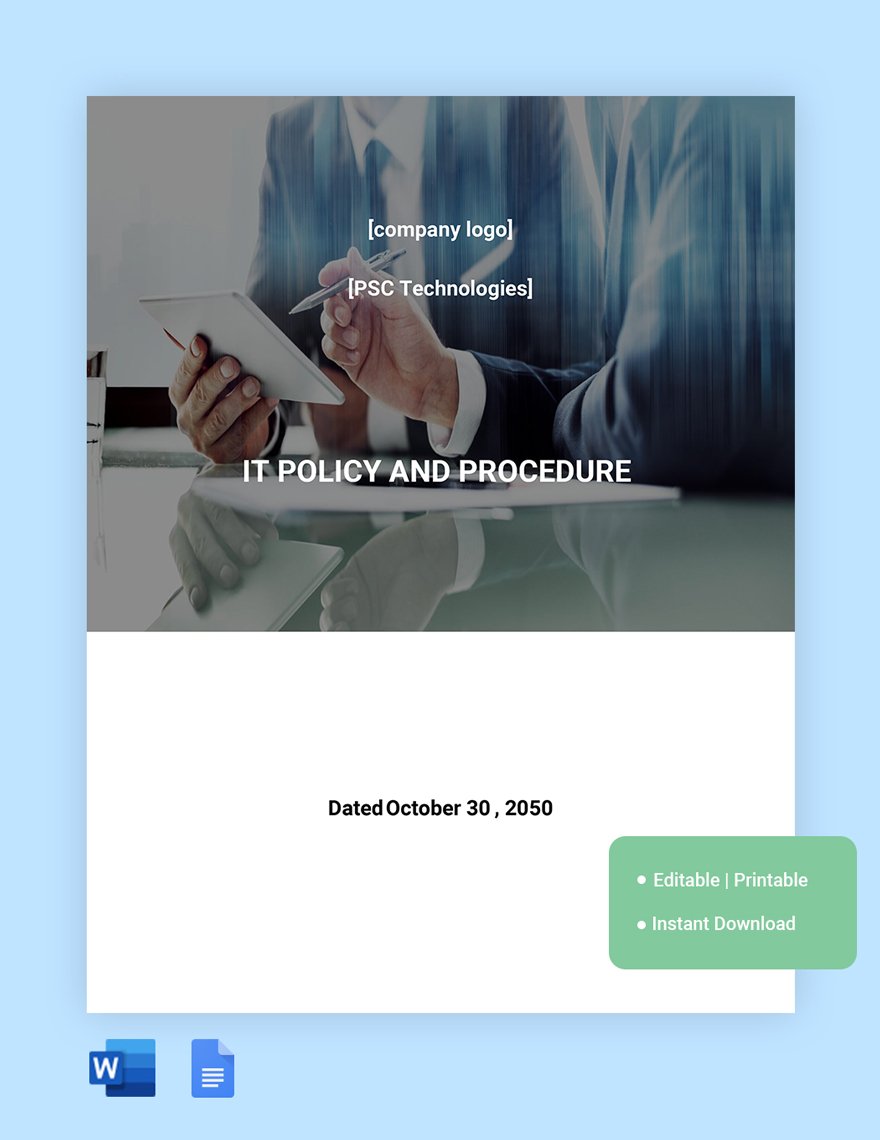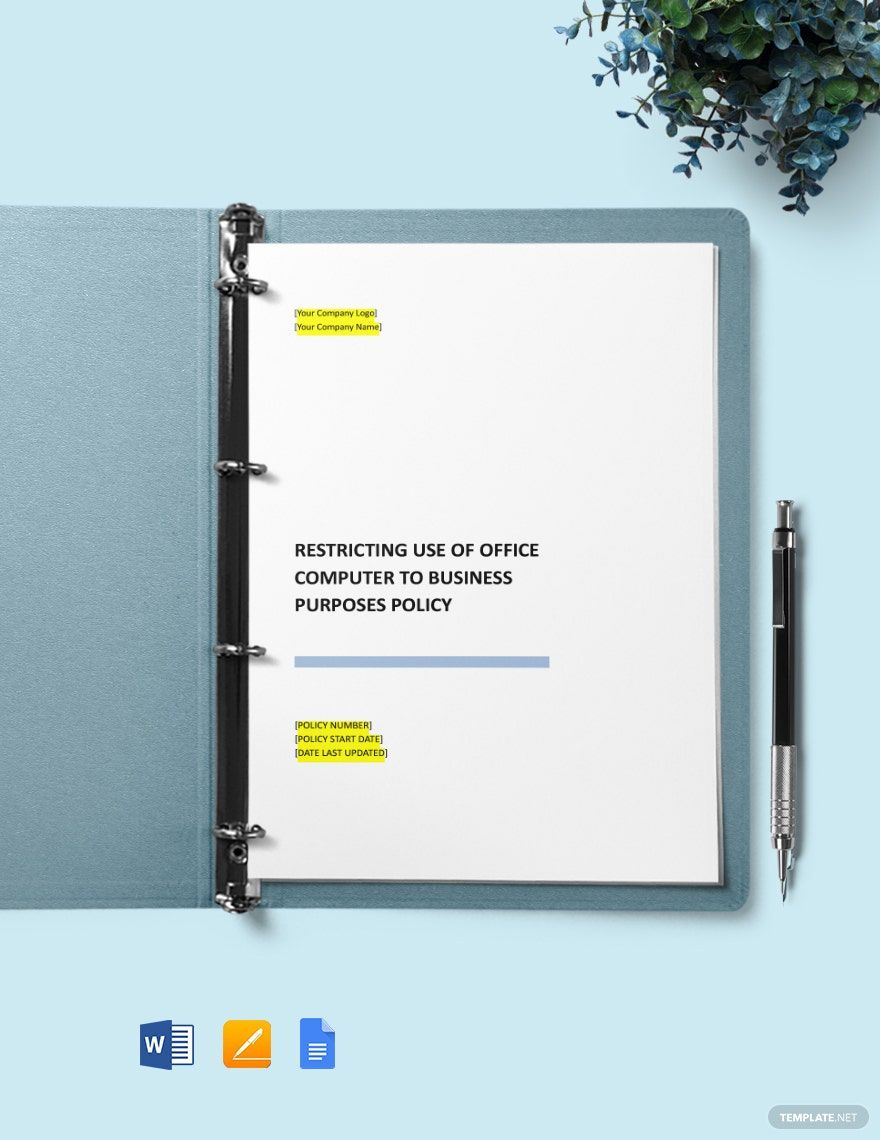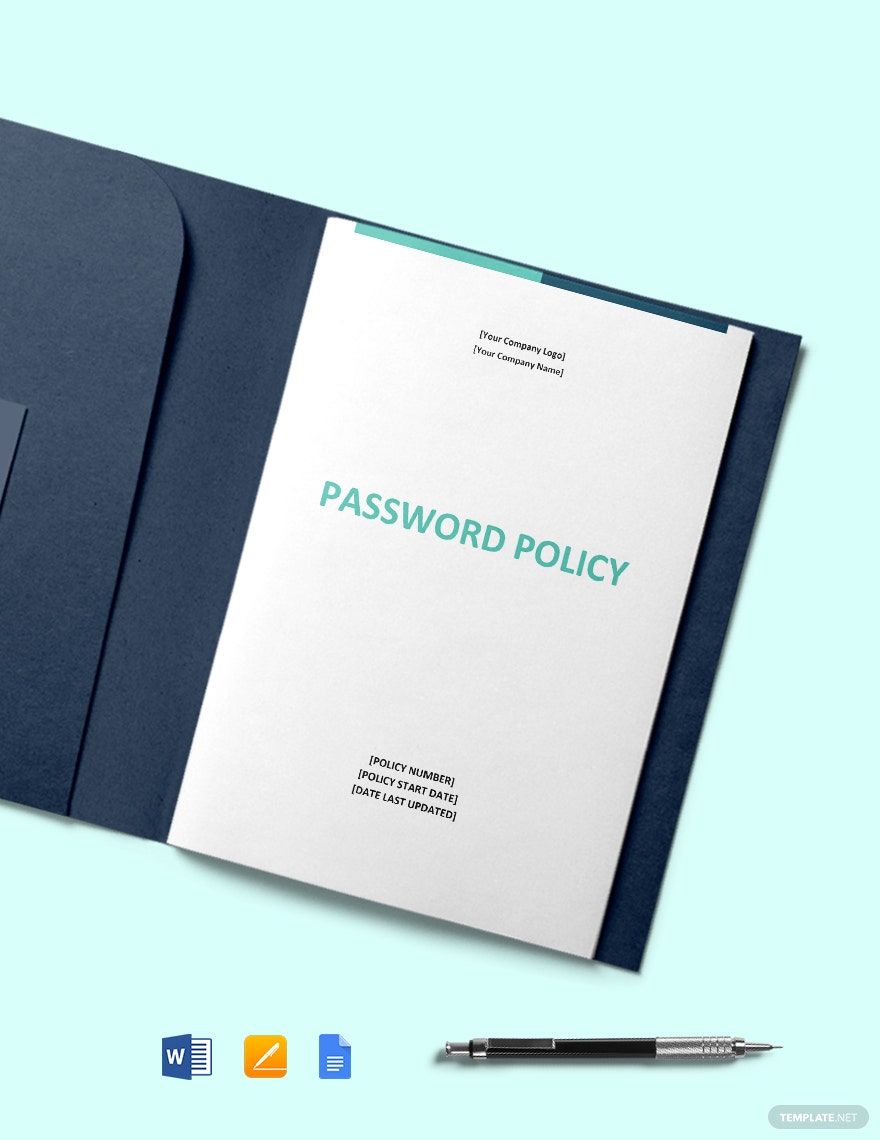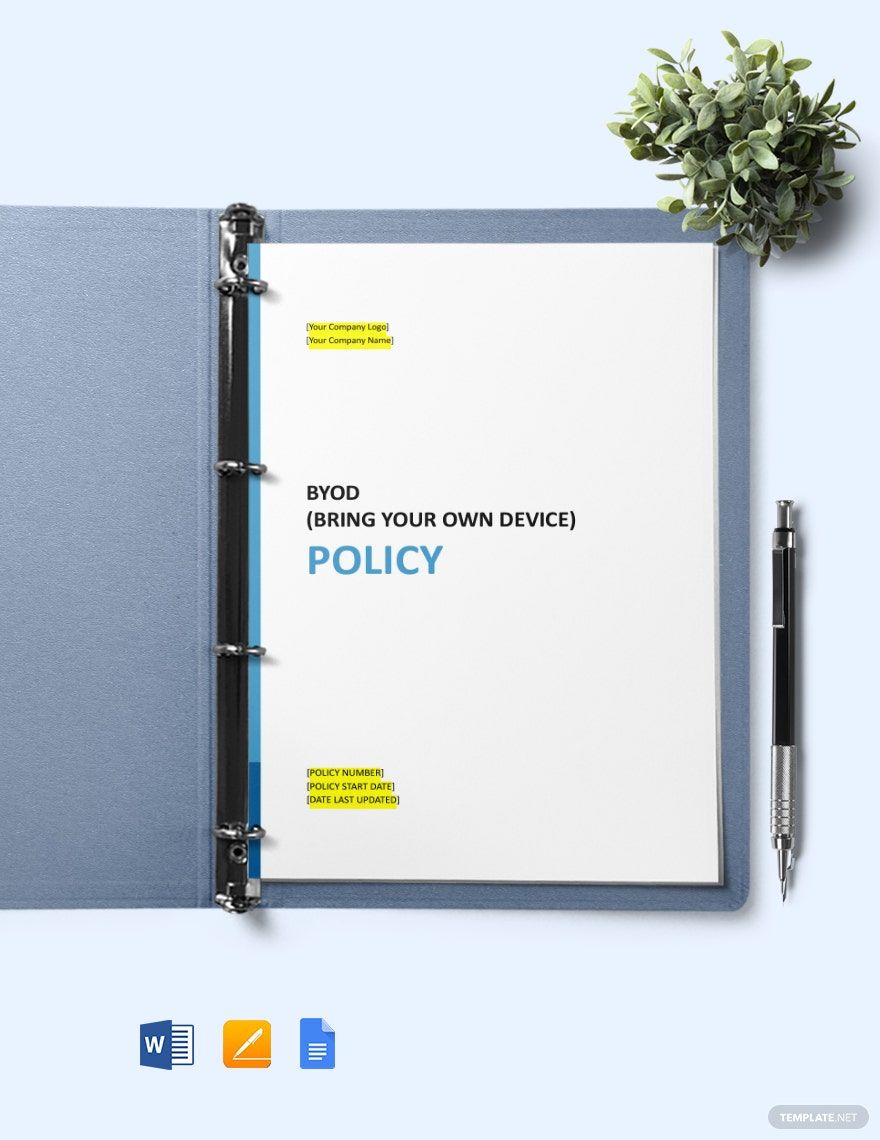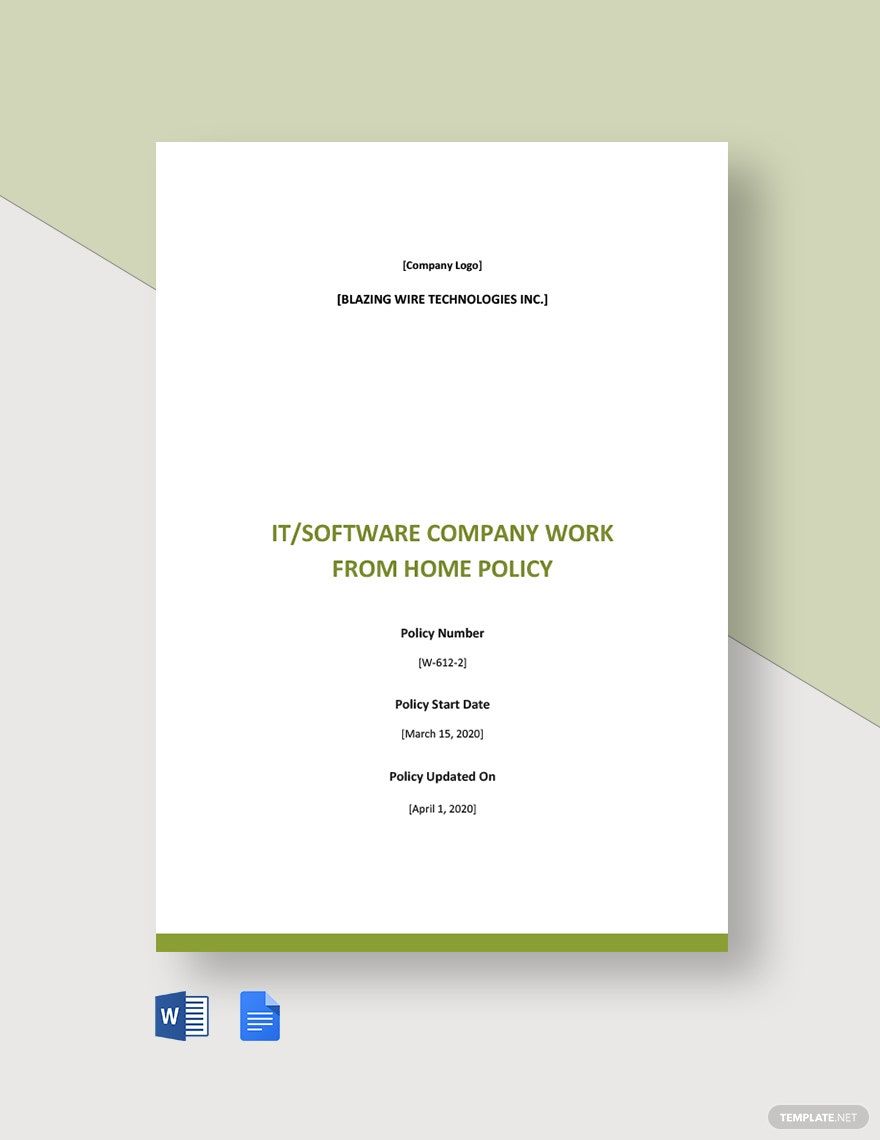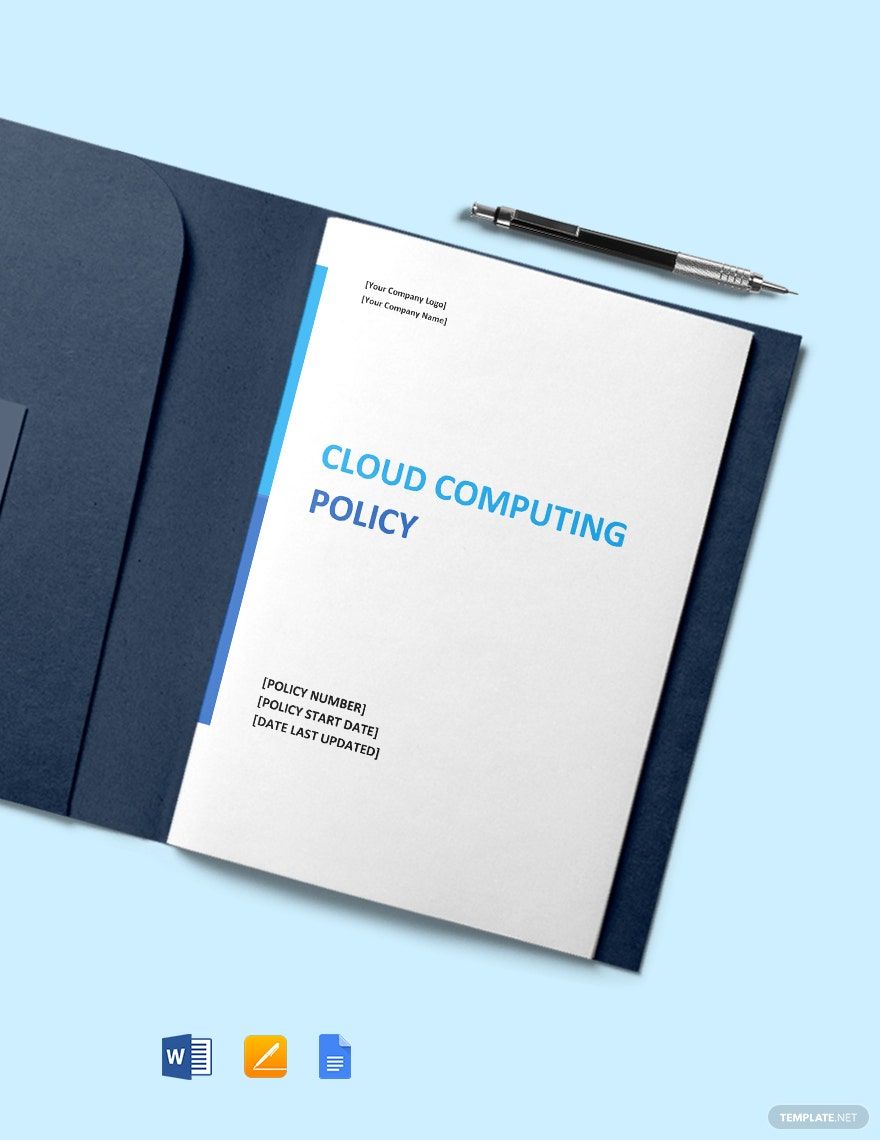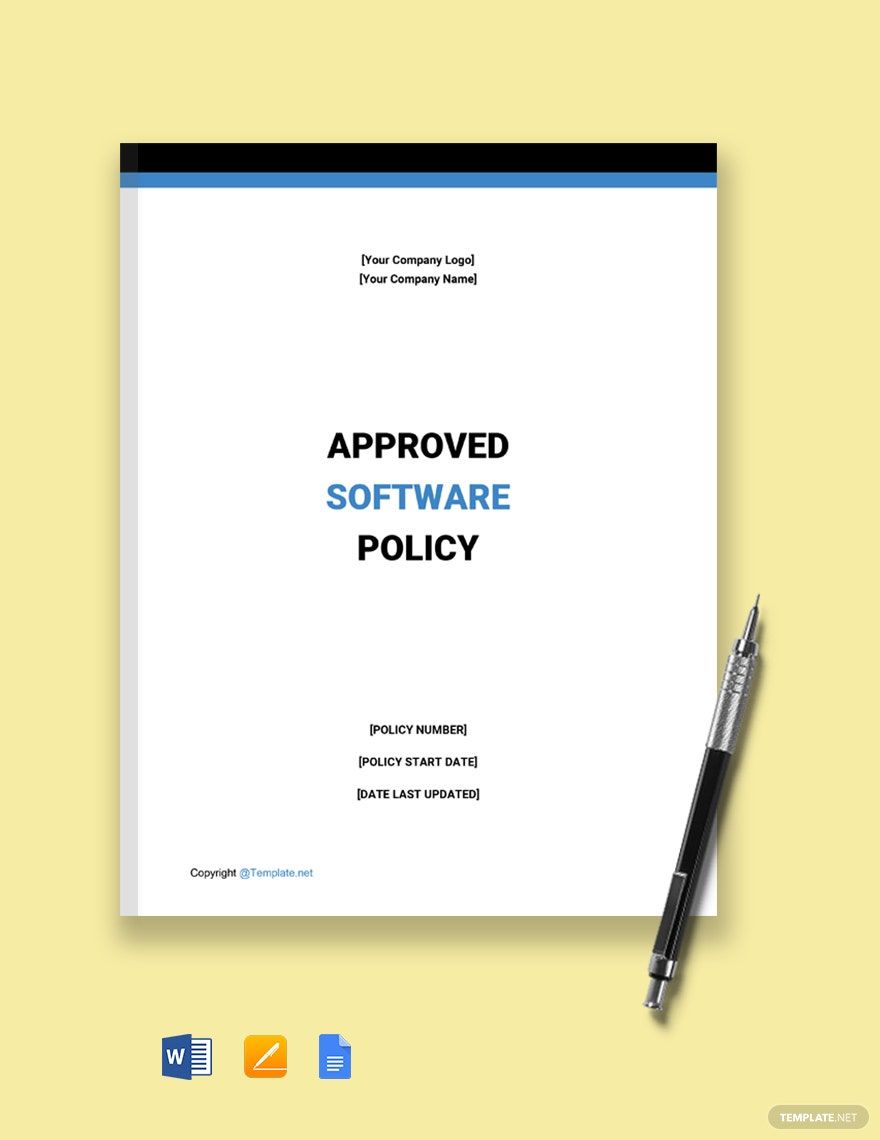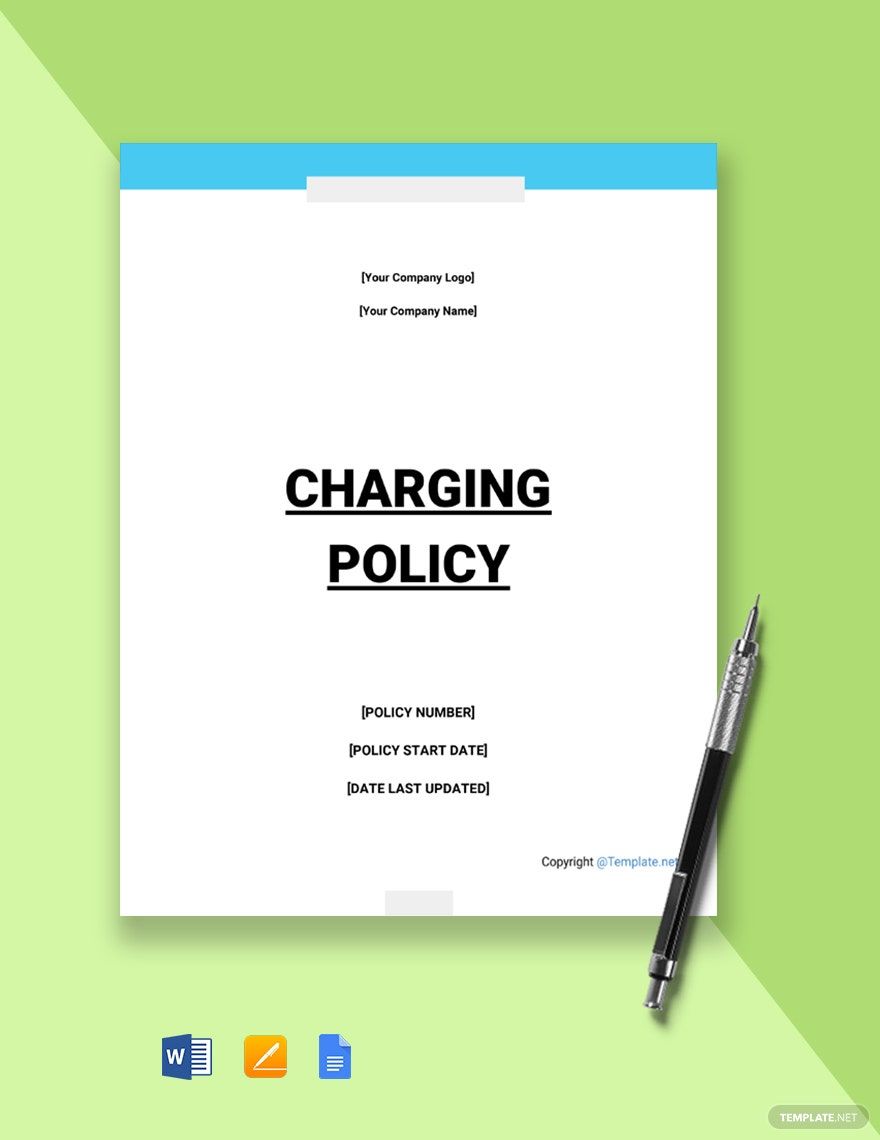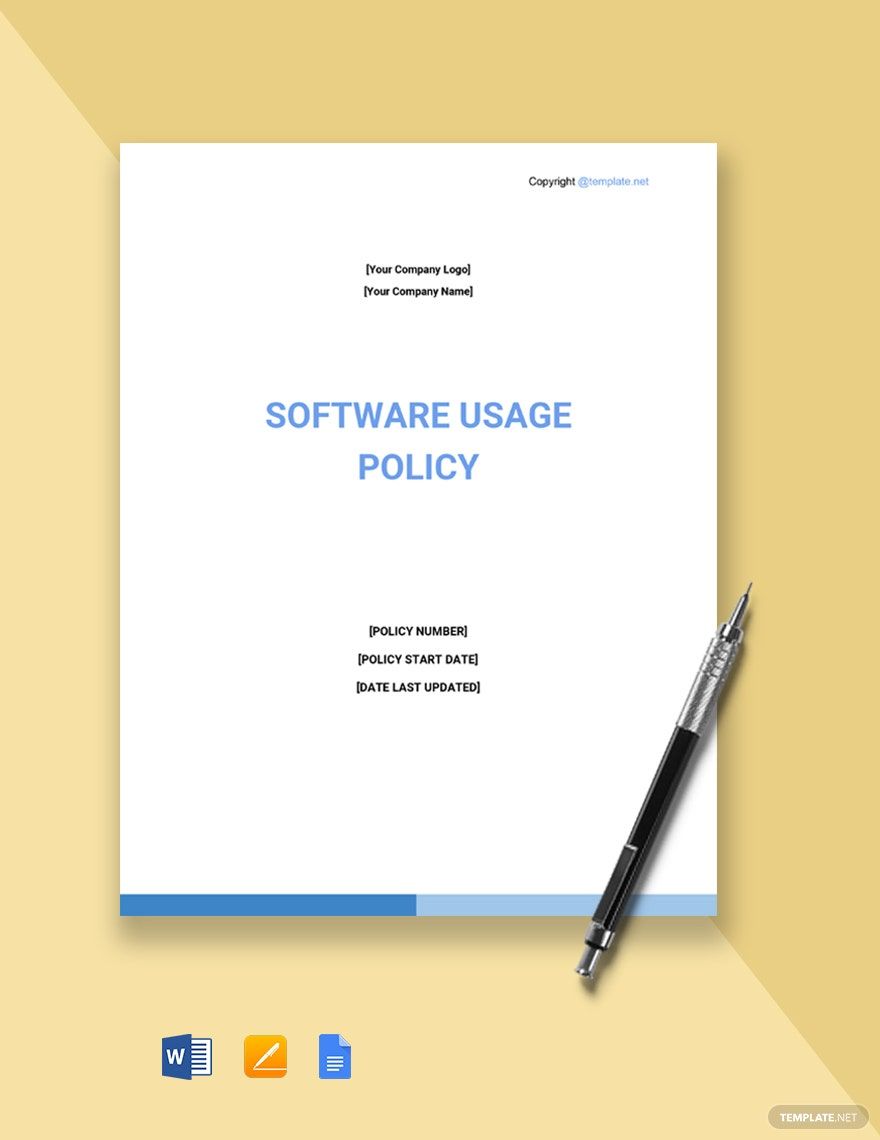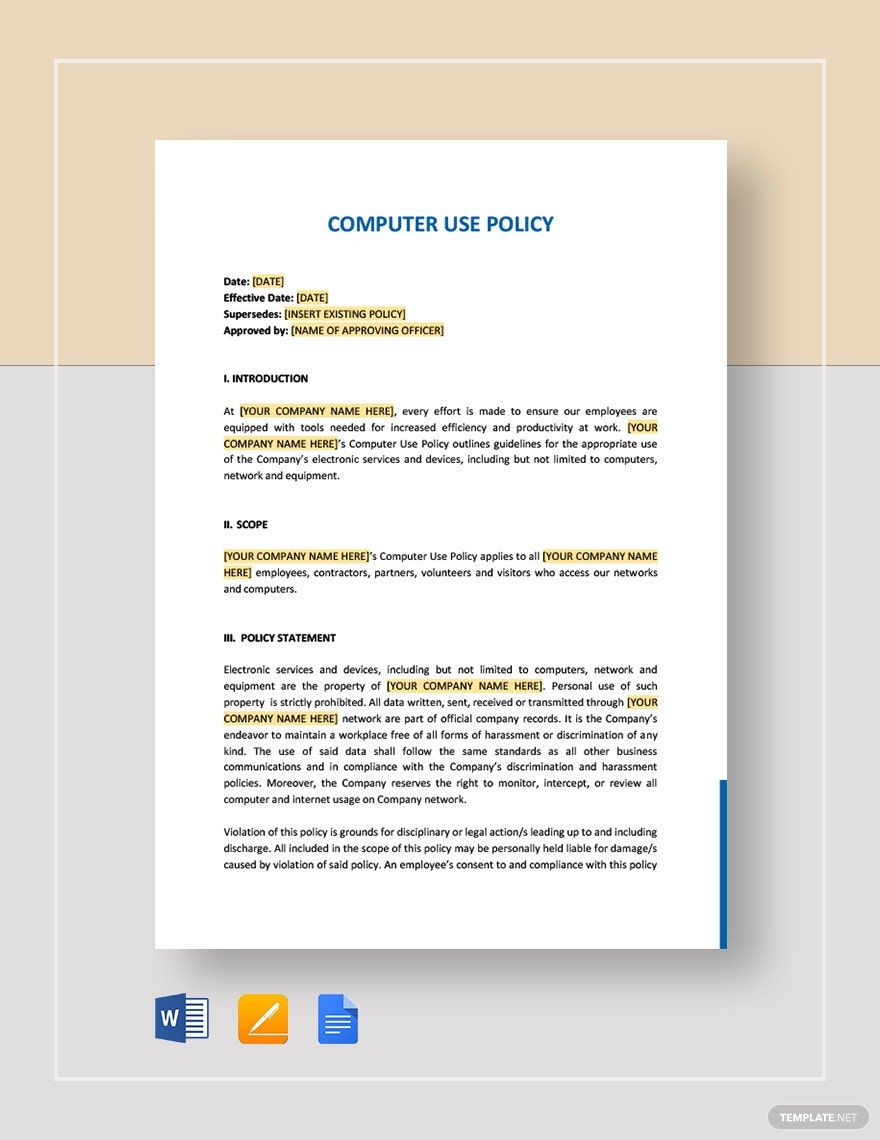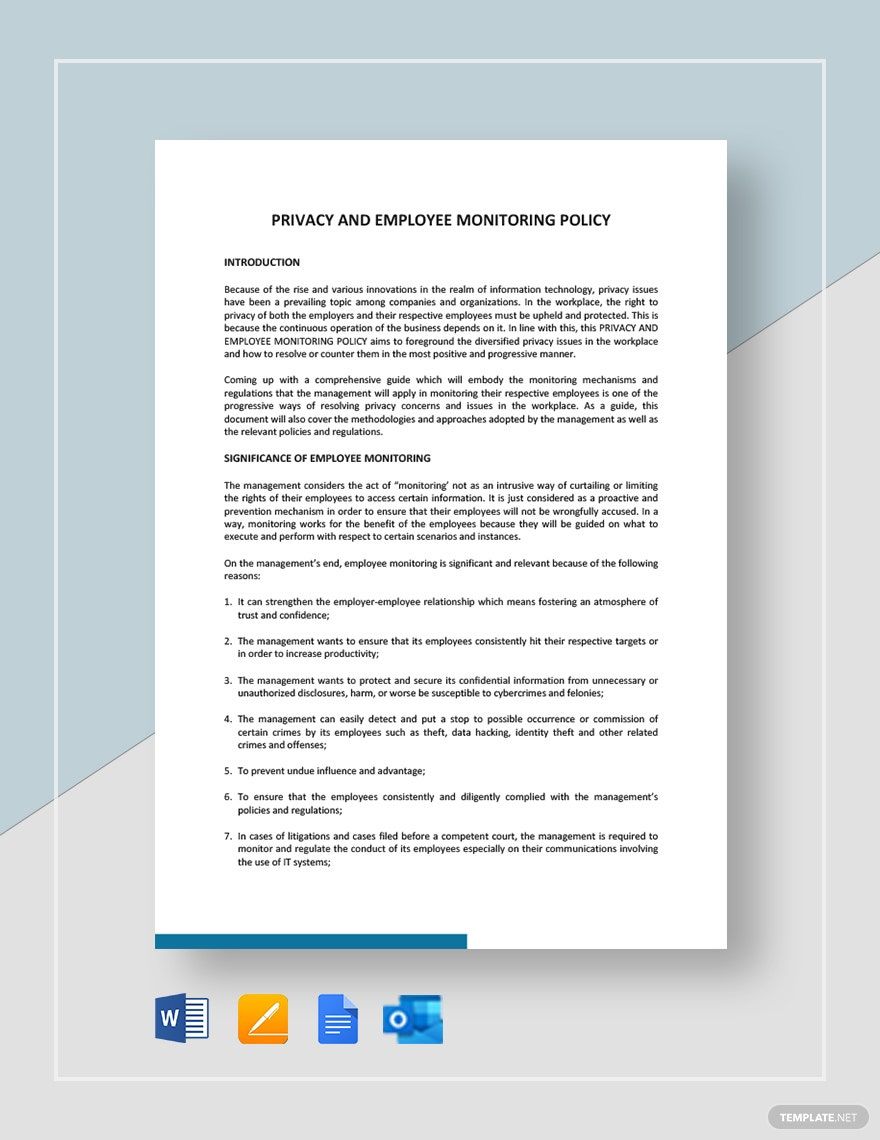Bring Your IT Governance to Life with IT and Software Policy Templates from Template.net
Keep your business operations seamless and professional with IT and Software Policy Templates from Template.net. Whether you're an IT professional, a small business owner, or an HR manager, these templates help you establish clear guidelines and ensure compliance with ease. Use them to create a comprehensive cybersecurity policy for your team or draft an email usage policy for your company. Each template comes with crucial sections like roles and responsibilities, enforcement procedures, and contact information to ensure no detail is overlooked. Say goodbye to the hassle of starting from scratch—no advanced IT knowledge required. Enjoy professional-grade design and customizable layouts to suit your specific needs, whether for print or digital distribution.
Discover the many IT and Software Policy Templates we have on hand, crafted to make policy creation a breeze. Start by selecting an expertly designed template that fits your sector, then effortlessly swap in your company details and business objectives. Tweak colors and fonts to mirror your brand’s identity, and include advanced touches like dragging and dropping icons or integrating AI-powered text tools for added impact. The possibilities are endless, enabling you to craft policy documents with a touch of creativity and professionalism without needing any specialized skill. With regularly updated templates and new designs added weekly, your policy documents remain current and effective. When you're finished, easily download or share your completed policy via link, print, email, or direct export, making it ideal for addressing multiple distribution channels effortlessly.
